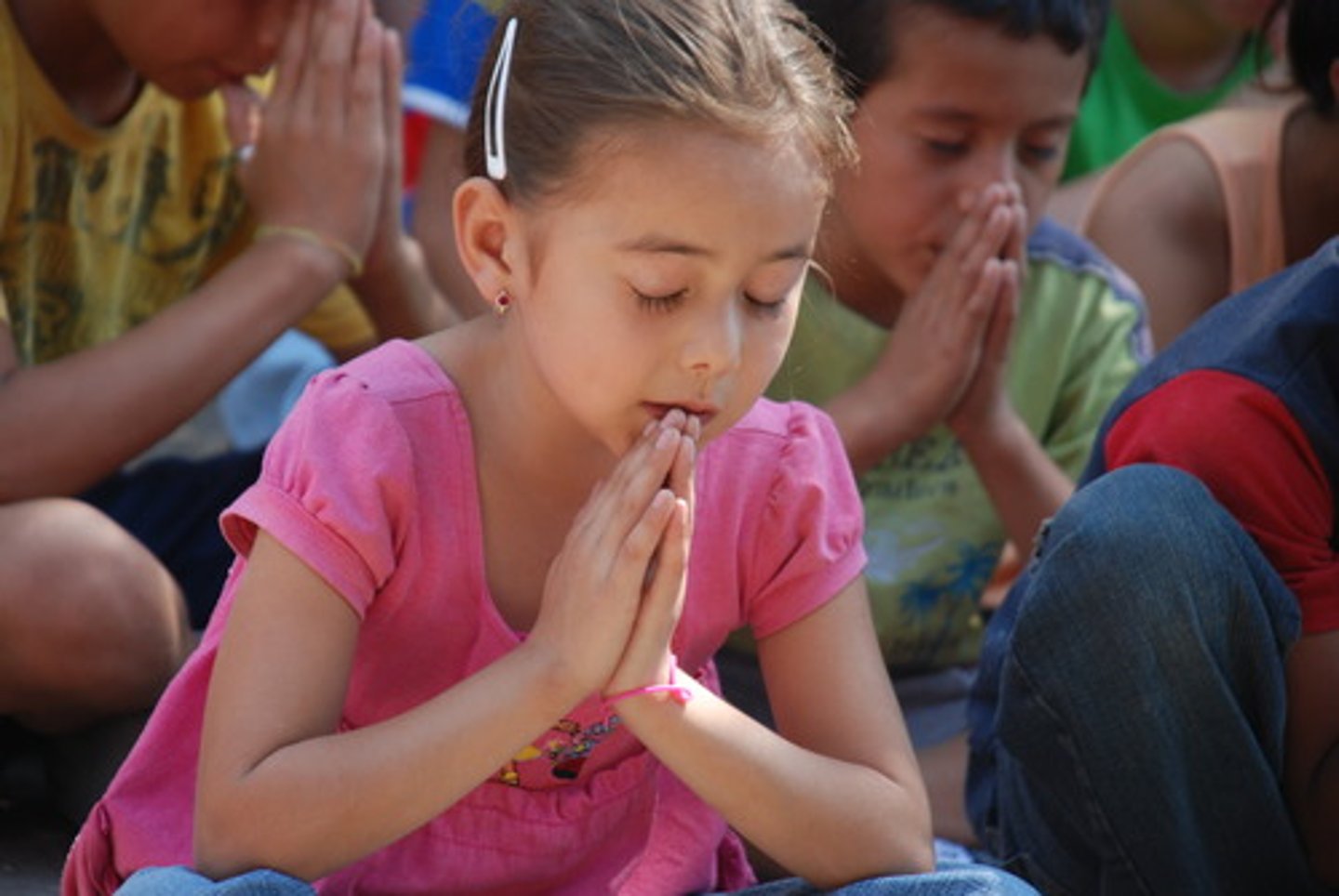Unit 2B: El Día de los Muertos (Day of the Dead)
1/41
There's no tags or description
Looks like no tags are added yet.
Name | Mastery | Learn | Test | Matching | Spaced |
|---|
No study sessions yet.
42 Terms
All Saints' Day - Celebrated on November 1st this is a special day to remember children and infants who have passed away.
el Día de los Santos (y Angelitos)
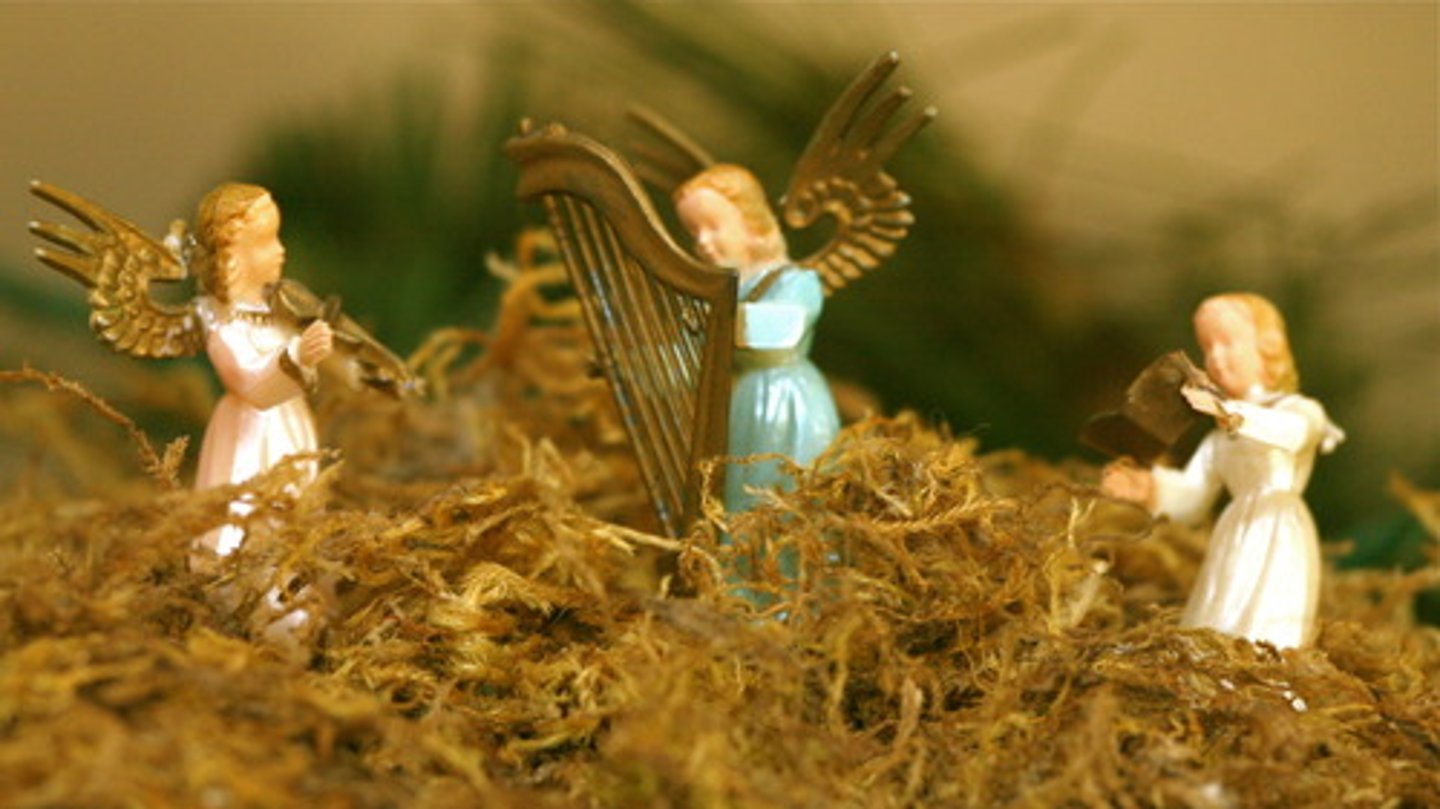
Day of the Dead - Celebrated on November 2nd, this special day remembers the adult loved ones who have passed away.
el Día de los Muertos
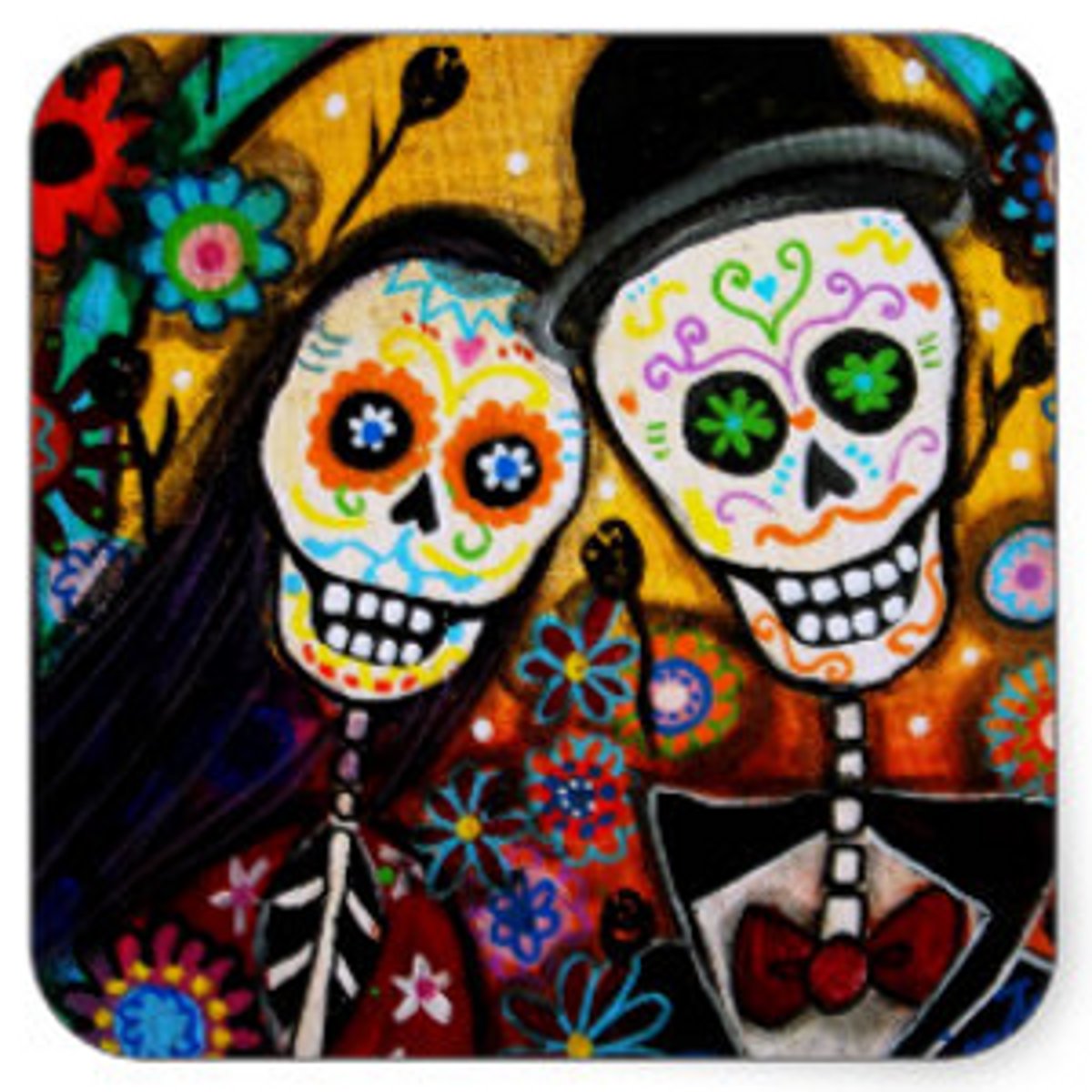
graveyard, cemetery. Visiting the cemetery is a popular tradition that is spent in a picnic environment, with food, music and fireworks.
el panteón, el cementerio
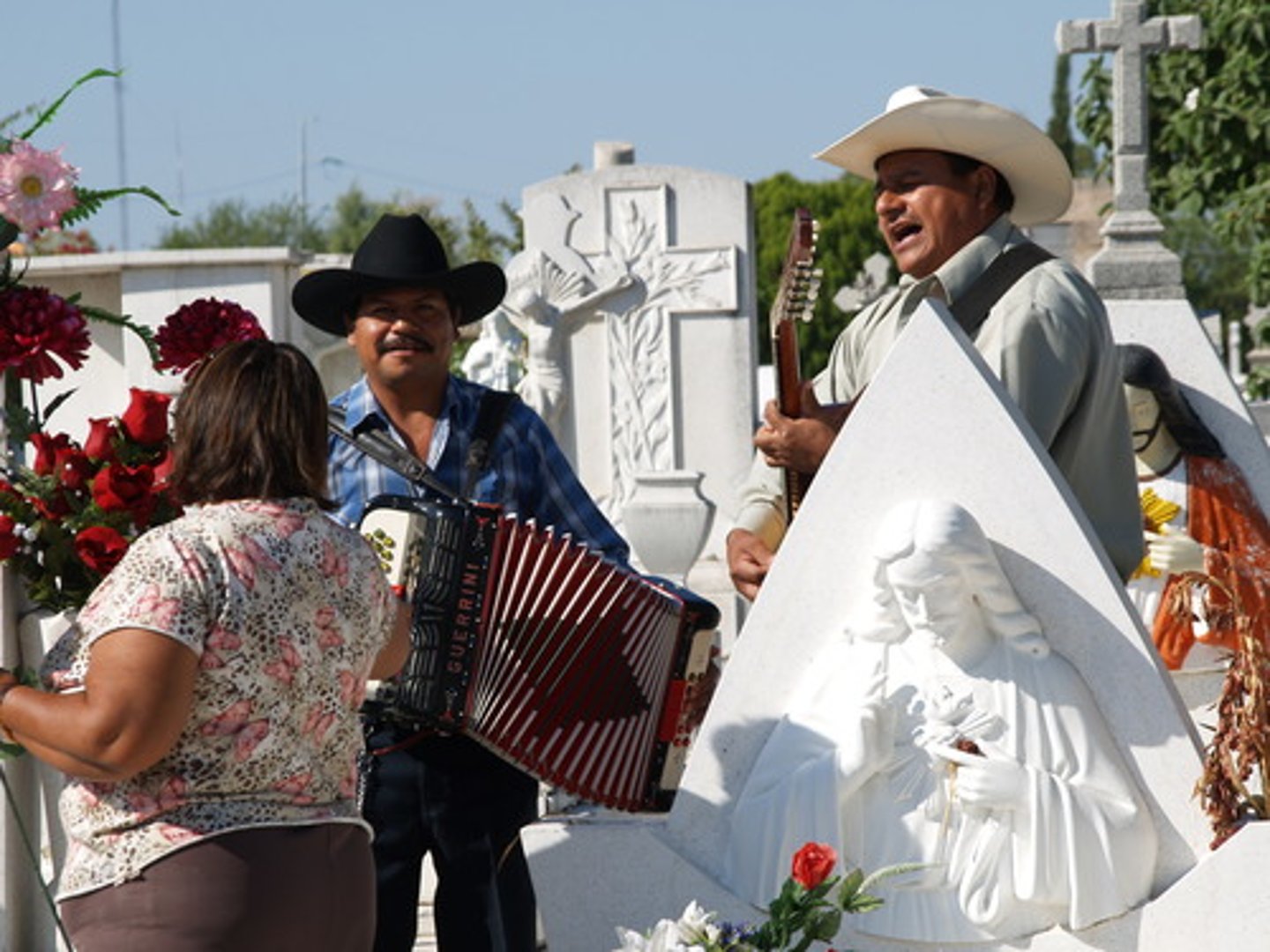
grave, tomb - This is cleaned up and decorated by the deceased's family members.
la tomba

offering, altar - Often set up in families' homes to honor, welcome and comfort the traveling spirits of their deceased family members during the Day of the Dead celebrations.
la ofrenda
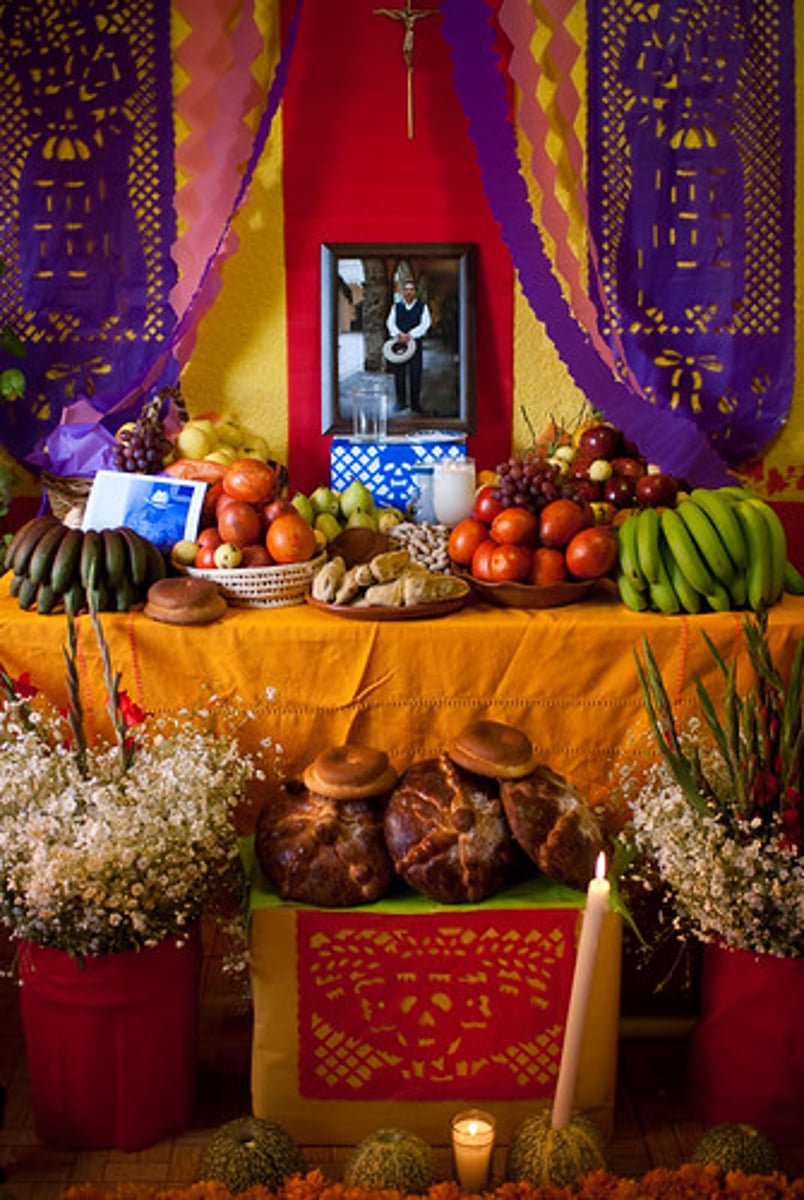
flowers - Marigolds and their petals are most commonly used to decorate the altars and the tombs.
las flores
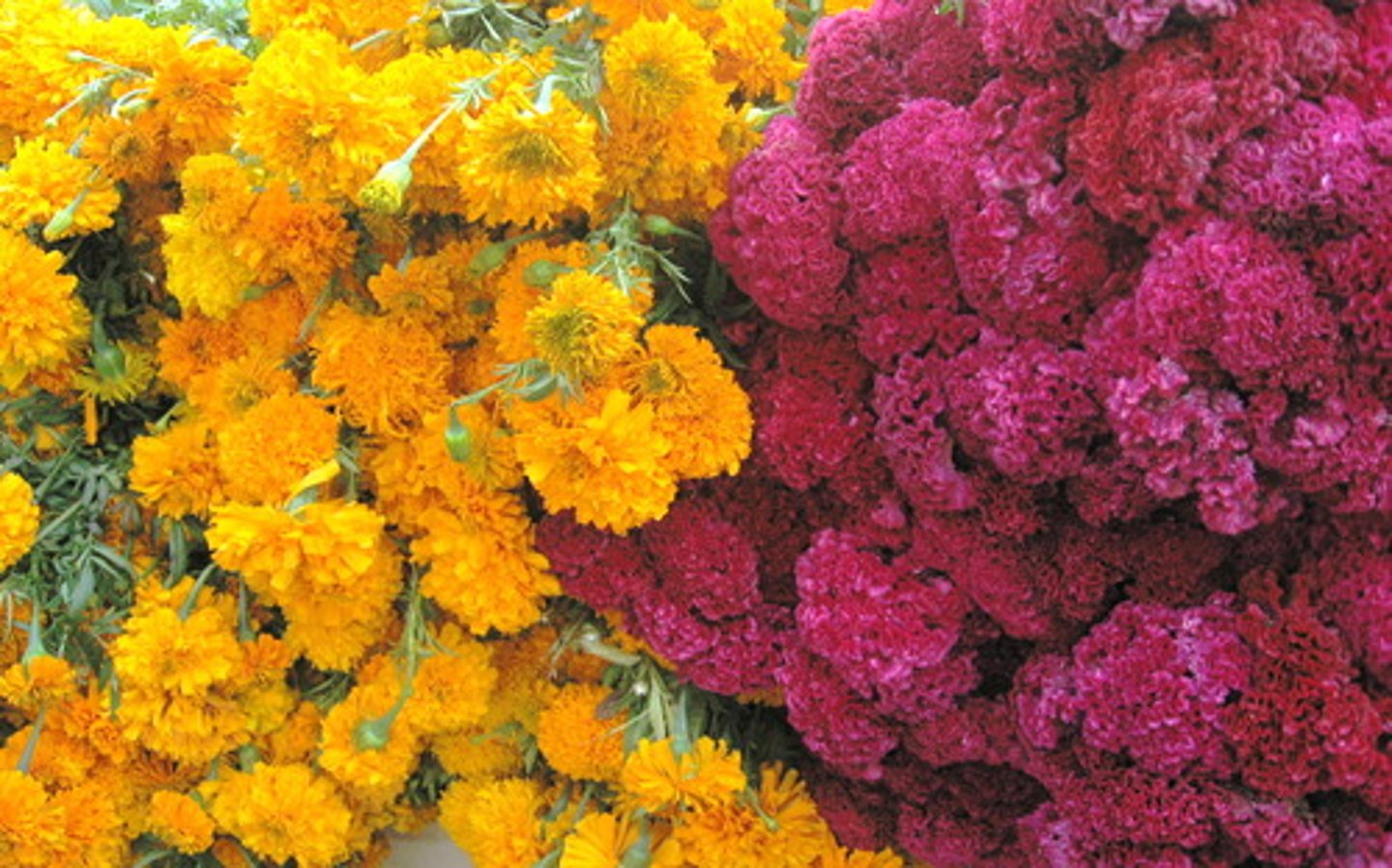
marigold flowers
los cempasúchiles
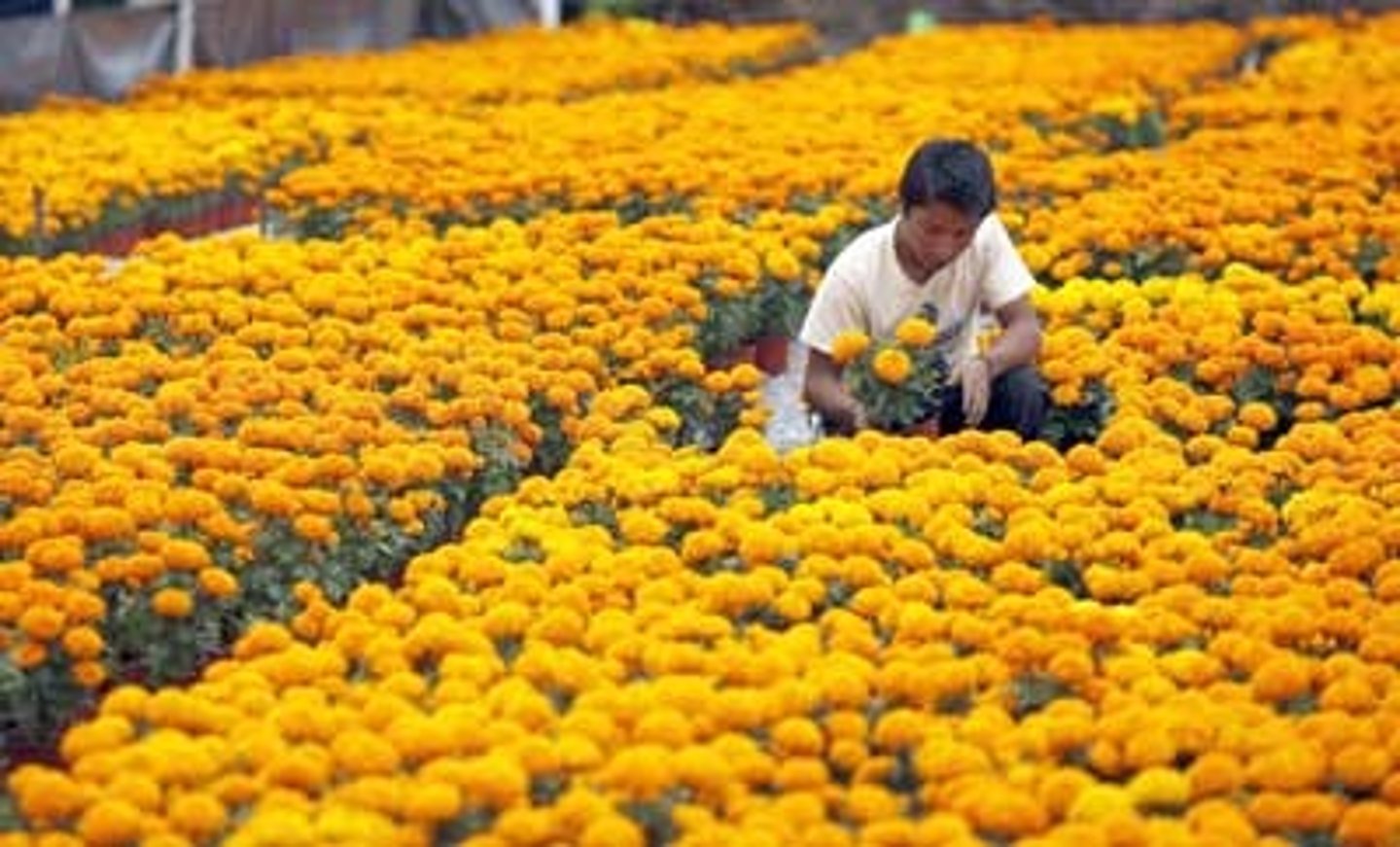
candles- These are placed on the altar to guide the souls to it.
las velas
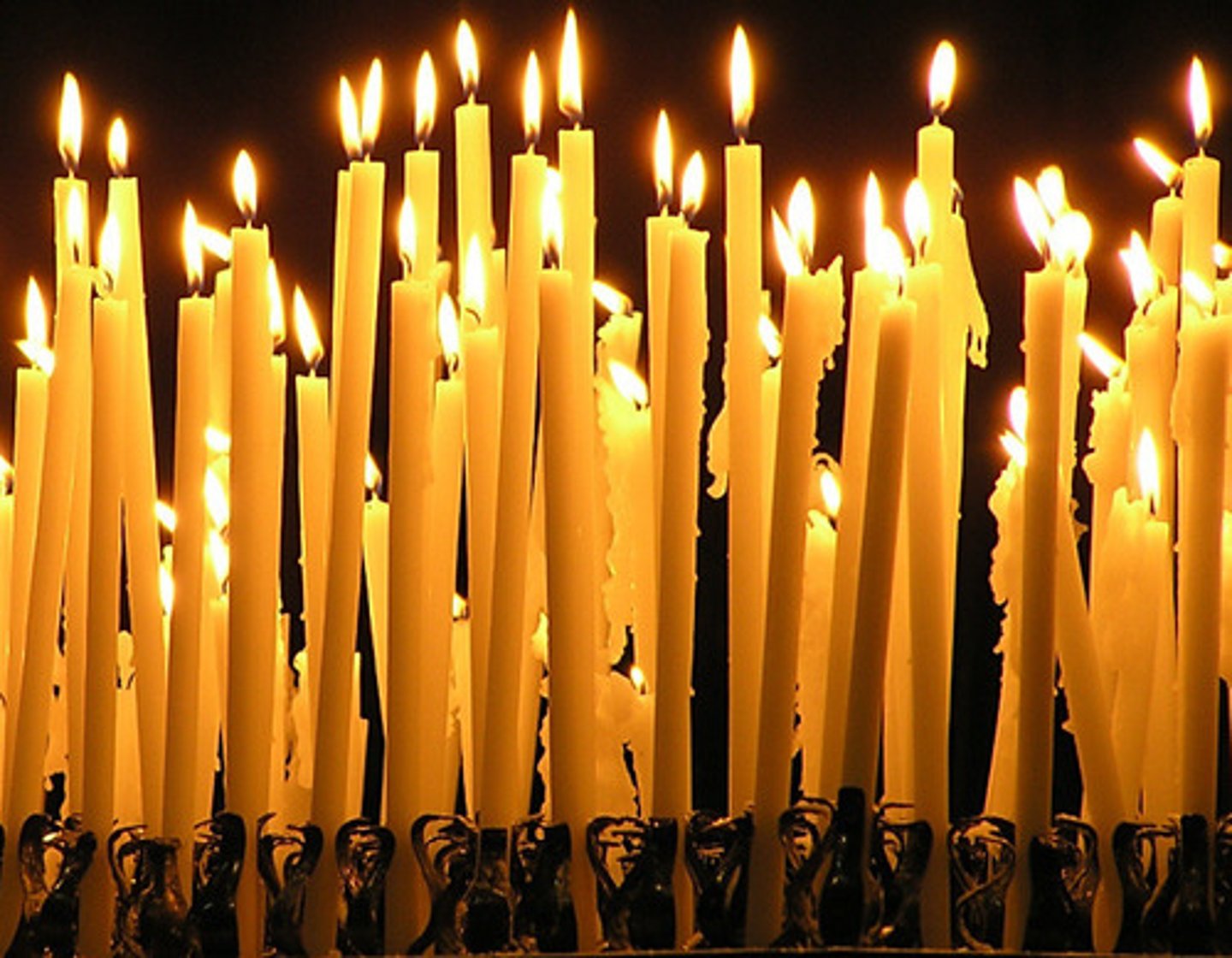
photographs
las fotografías
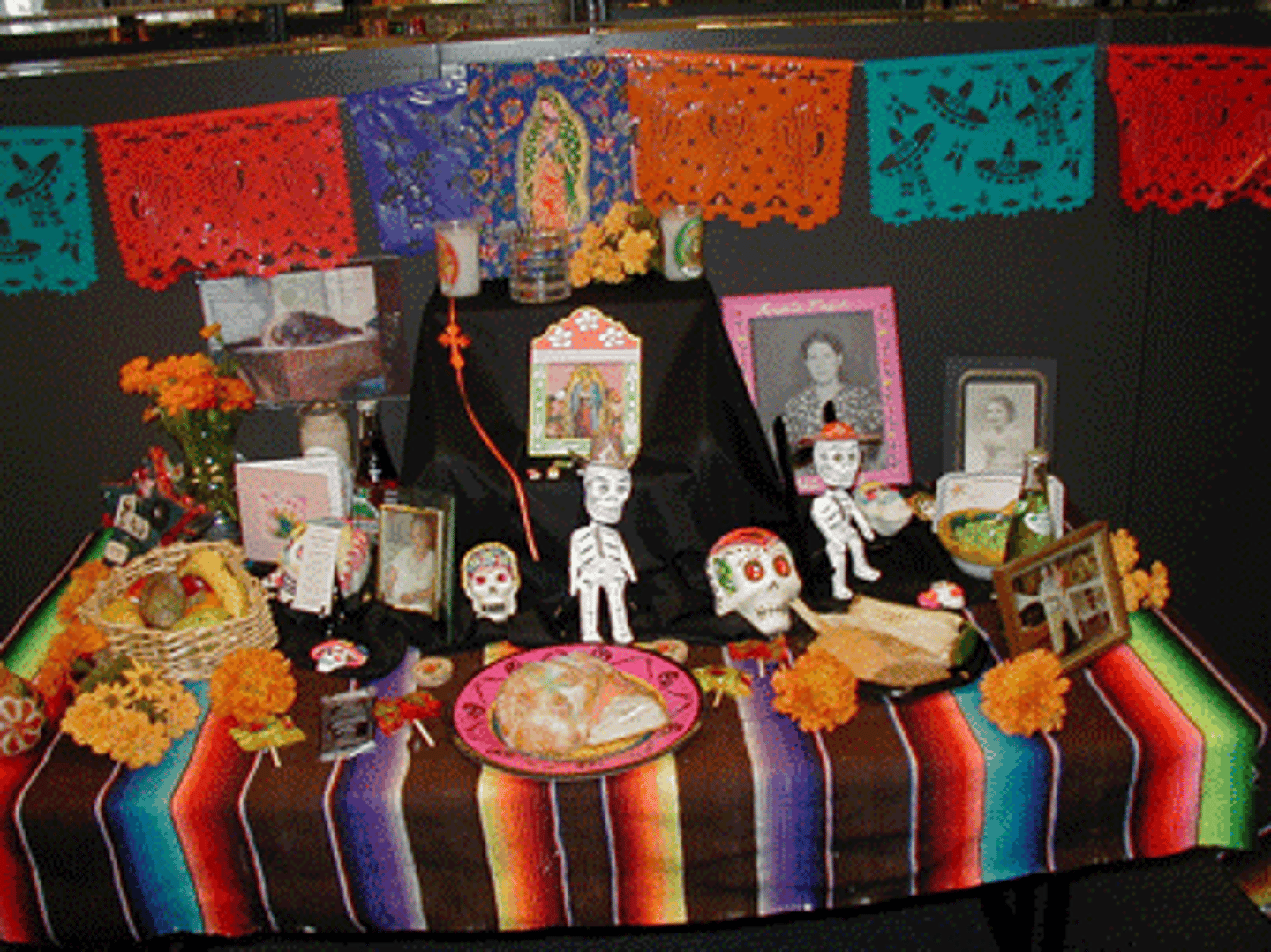
cut-paper decorations - The designs are intricately cut into tissue paper and are commonly used to decorate the ofrendas in the homes.
el papel picado
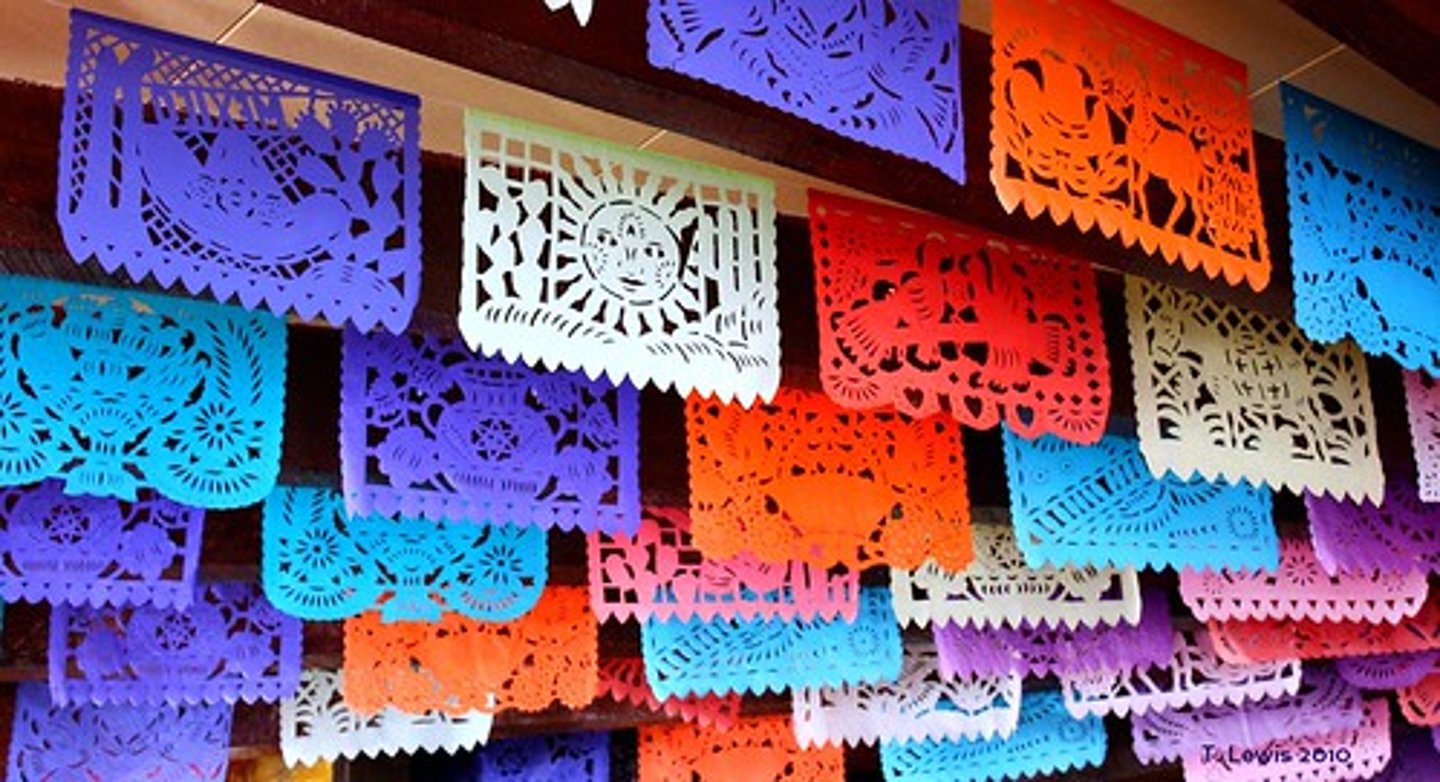
sugar skulls - These represent traditional folk art of Mexico, in which, a sugar mixture is pressed into skull-shaped molds, dried, and then colorfully and attractively decorated.
las calaveritas, las calaveras de azúcar
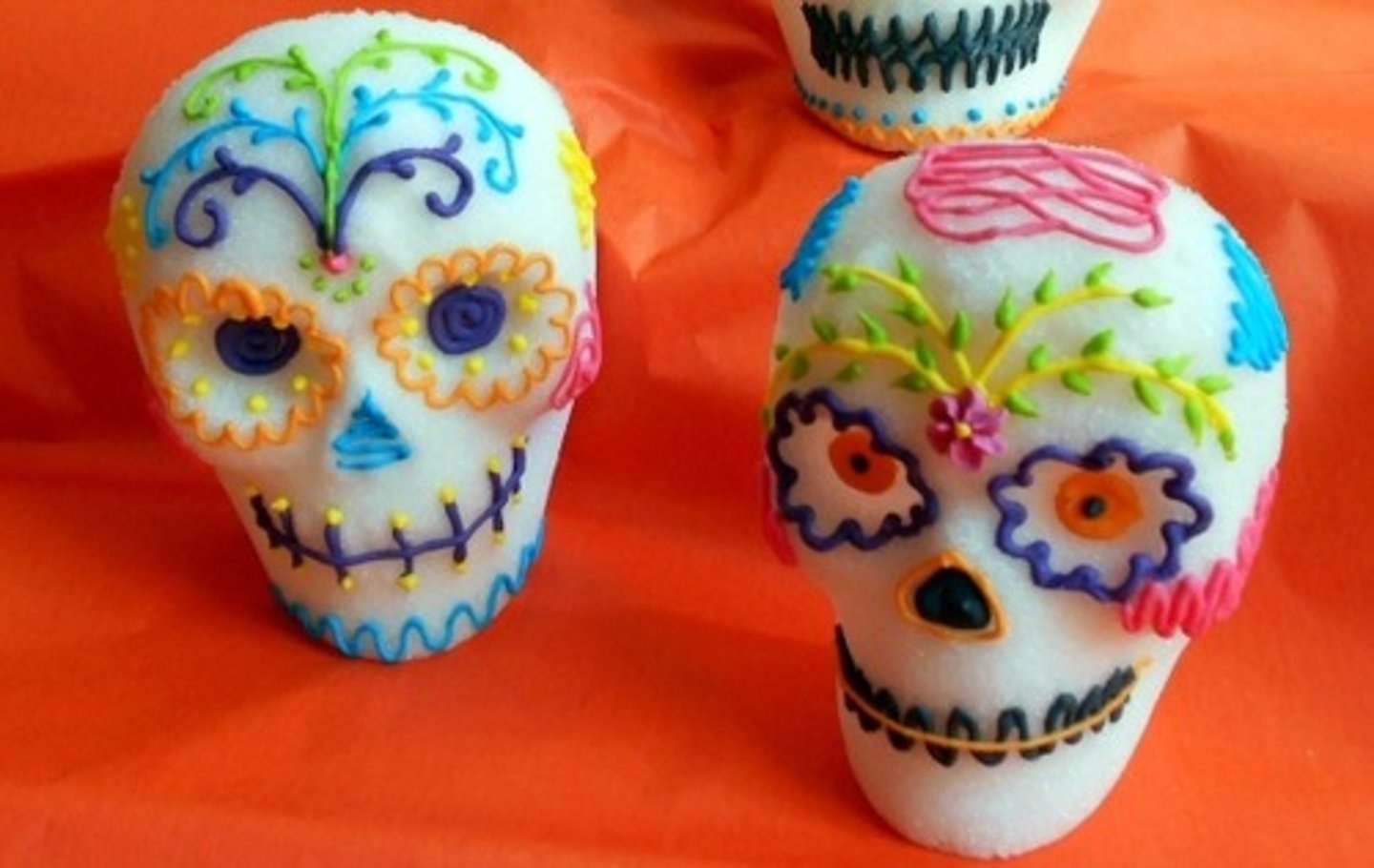
whimsical decorated skeleton figures - These funny figurines represent death and most often depict real life situations or happy, humorous events. Some are replicas of historical figures and/or celebrities.
las calacas
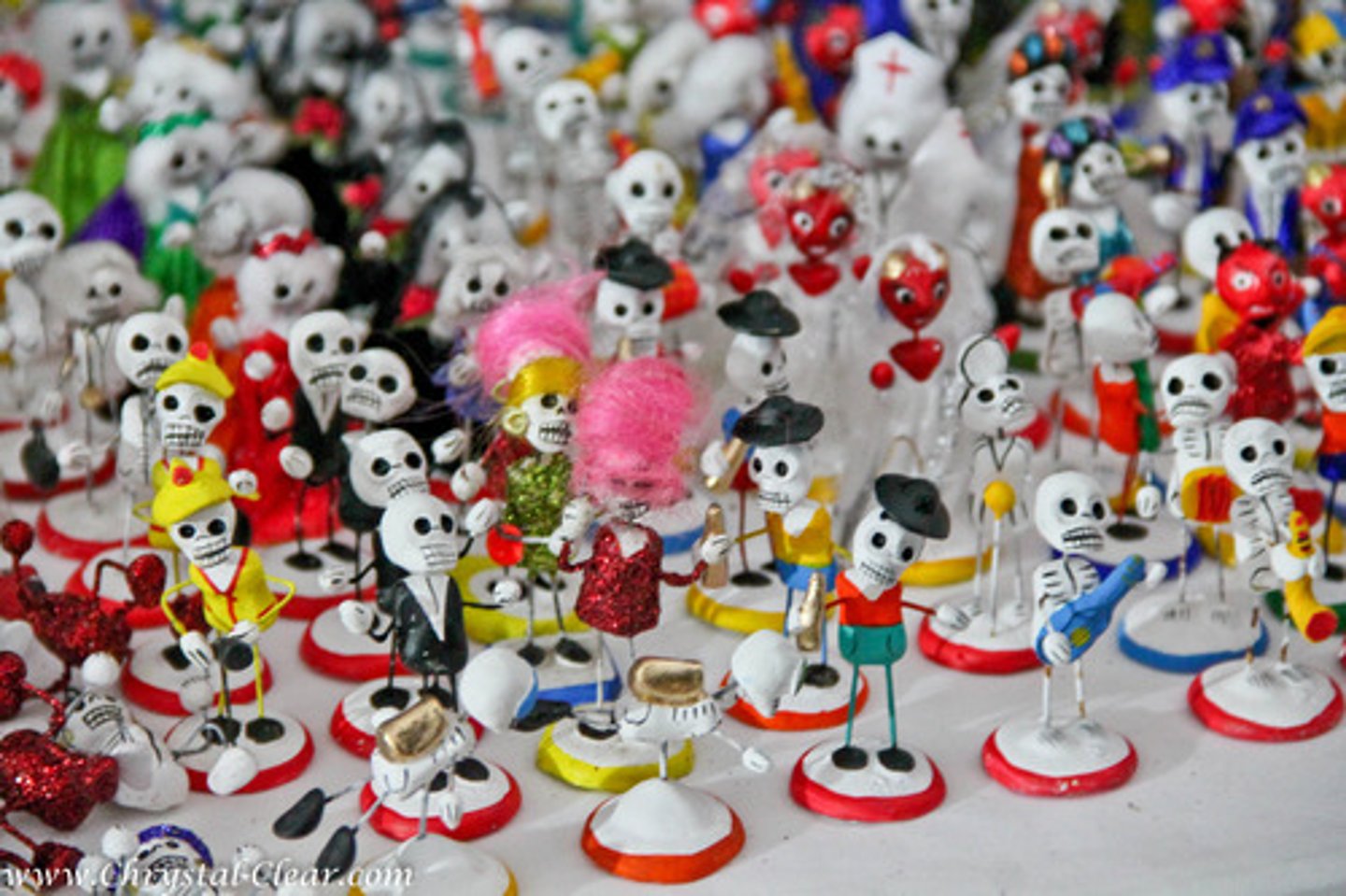
mask - Often worn by dancers to scare the dead away at the end of the festivities.
la máscara
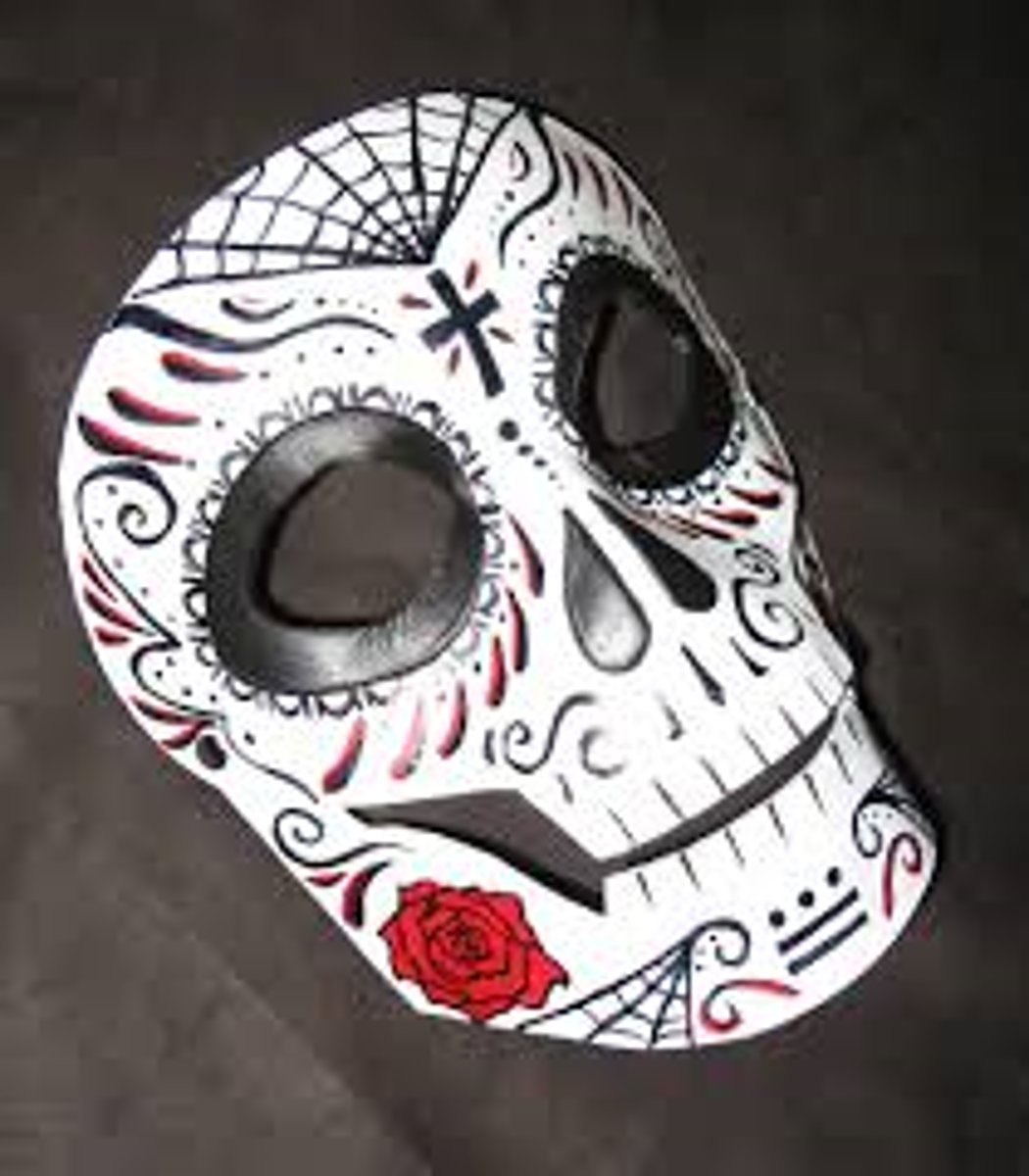
lighting of the candles - The moment that takes place in the cemetery when hundreds of candles are lit to guide the souls to their altars.
la iluminación
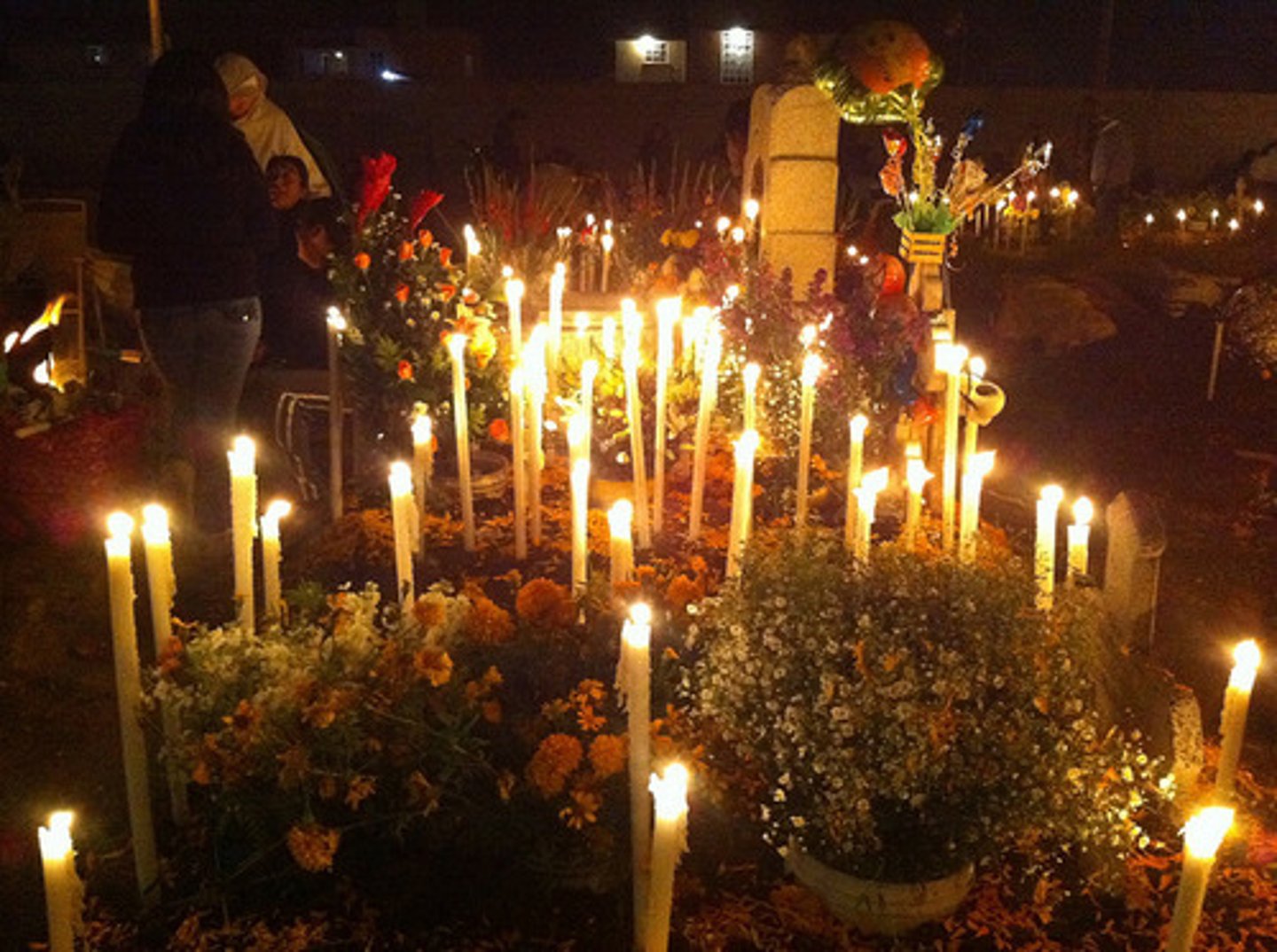
sculptures or 'carpets' made of dyed sawdust, sand, colorful seeds, flower petals and/or powdered lime
el tapete de arena
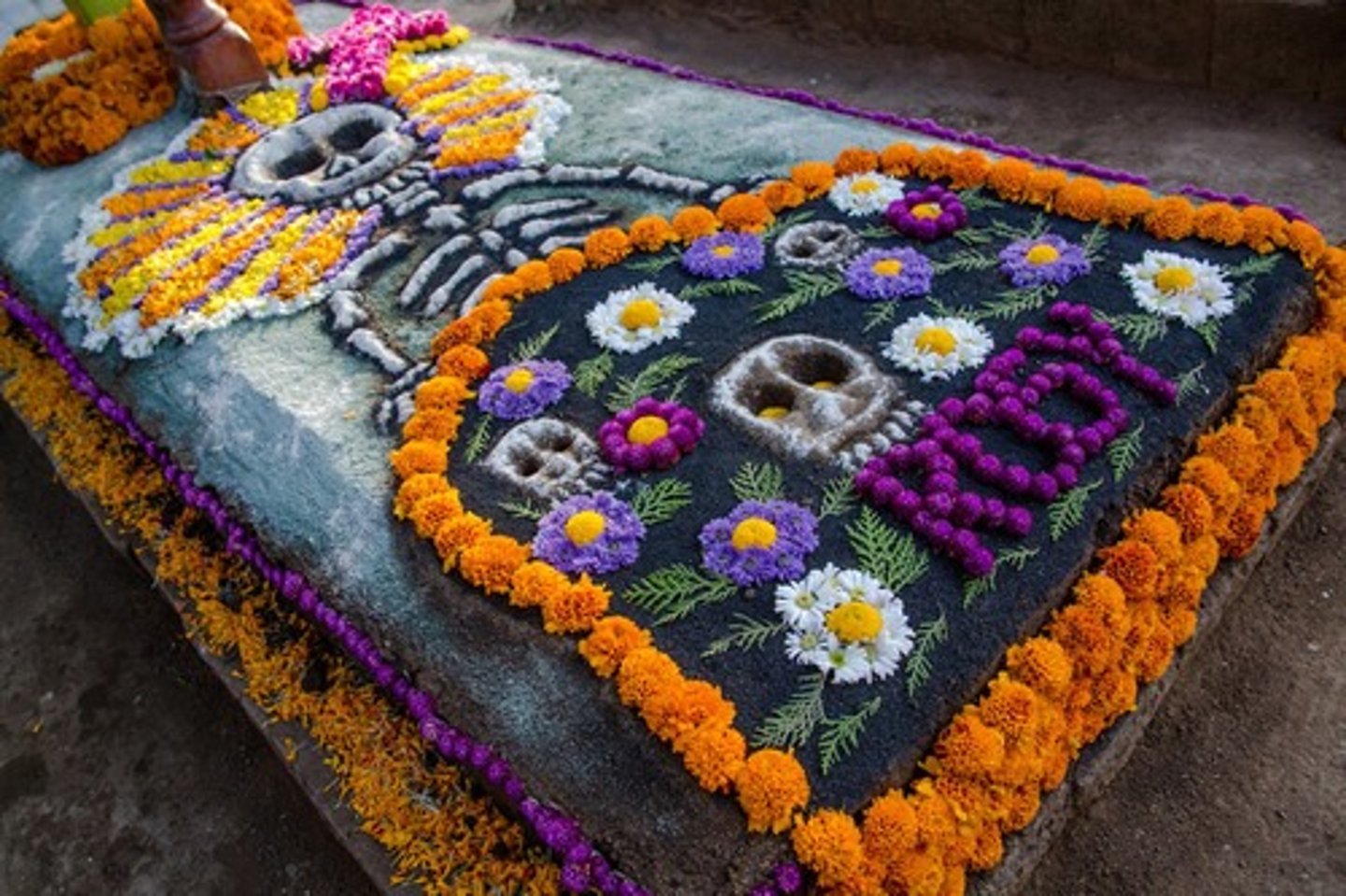
parade, procession
el desfile
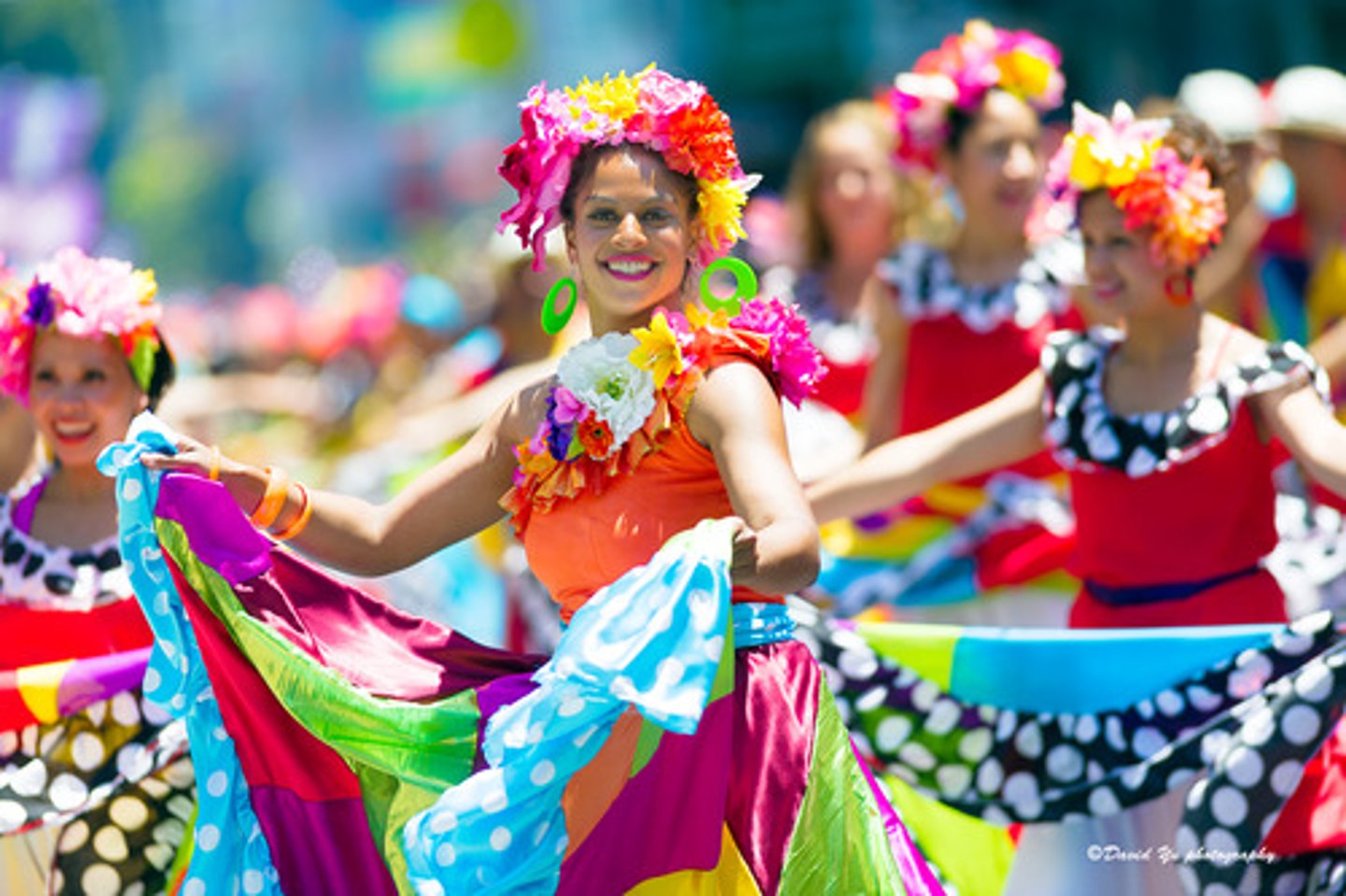
spirit guides/animals - They are considered an important element of Mexican surrealist art, mainly made of cardboard, paper or wood and believed to protect one's home from evil spirits. They often take the form of fantastic animals or creatures of mythical origins.
los alebrijes

Monarch butterfly - These insects represent the souls of their ancestors returning to visit them for Day of the Dead. This belief stems from the fact that the first monarchs arrive in Mexico for the winter each fall on Nov. 1, which coincides with Day of the Dead.
la mariposa monarca
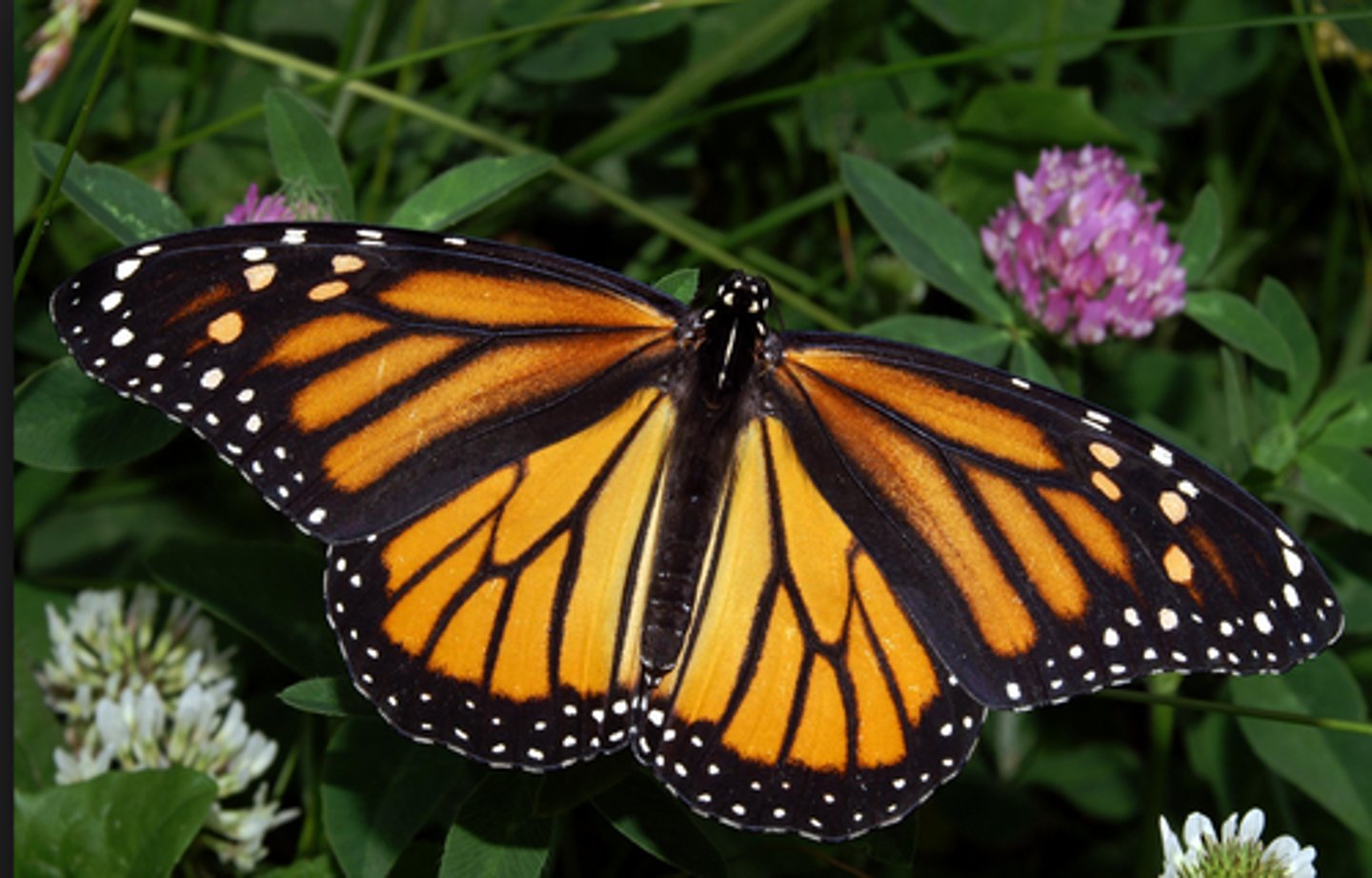
iconic image from Day of the Dead - This piece of art was made famous by José Guadalupe Posada, an artist well known for his depictions of Day of the Dead. Catrina means "a wealthy woman." It is said in a sarcastic manner.
La Catarina
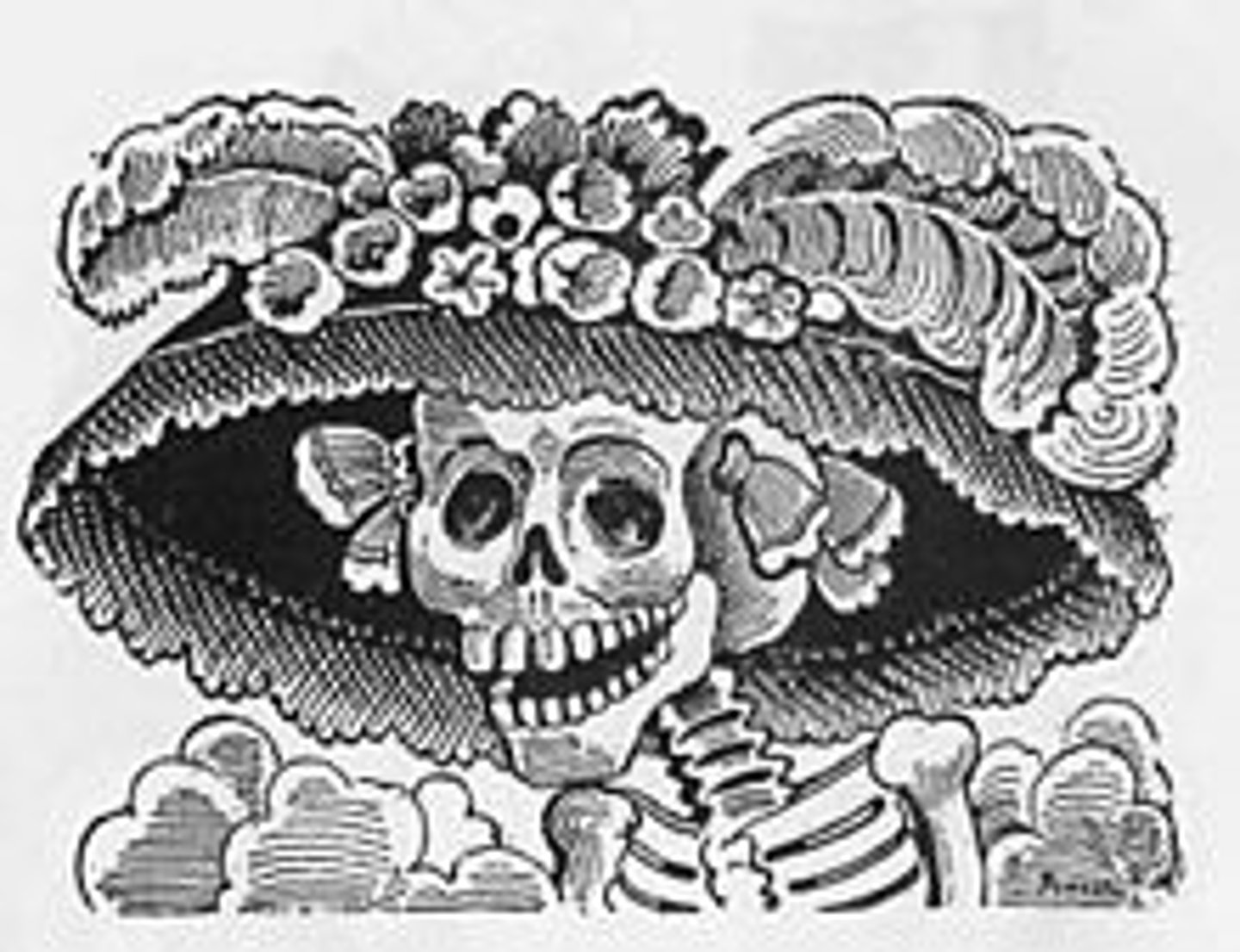
resin used as incense - This is traditionally placed on altar to help guide the spirits home.
el copal
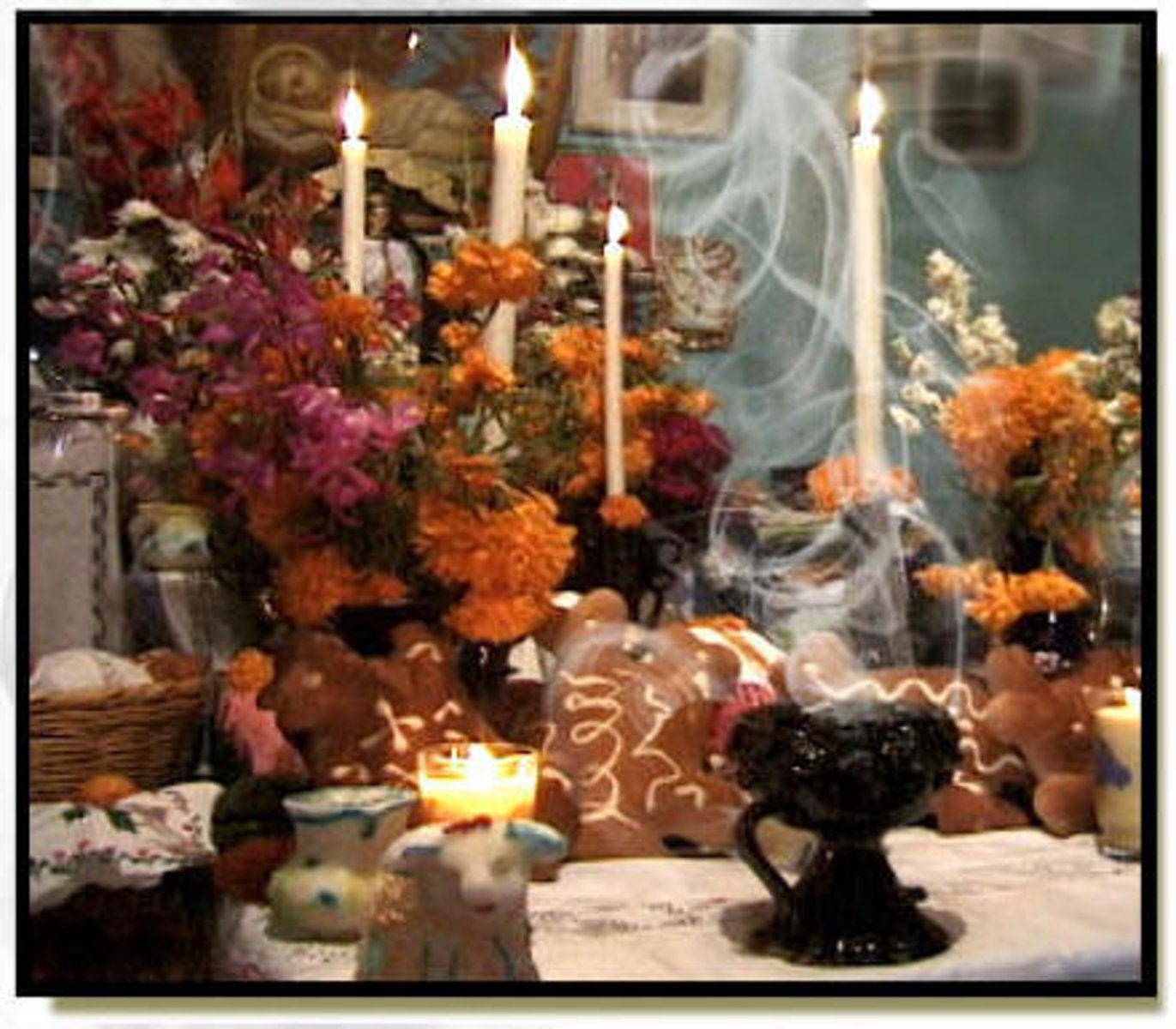
incense (the scent of incense attracts the spirits)
el incienso
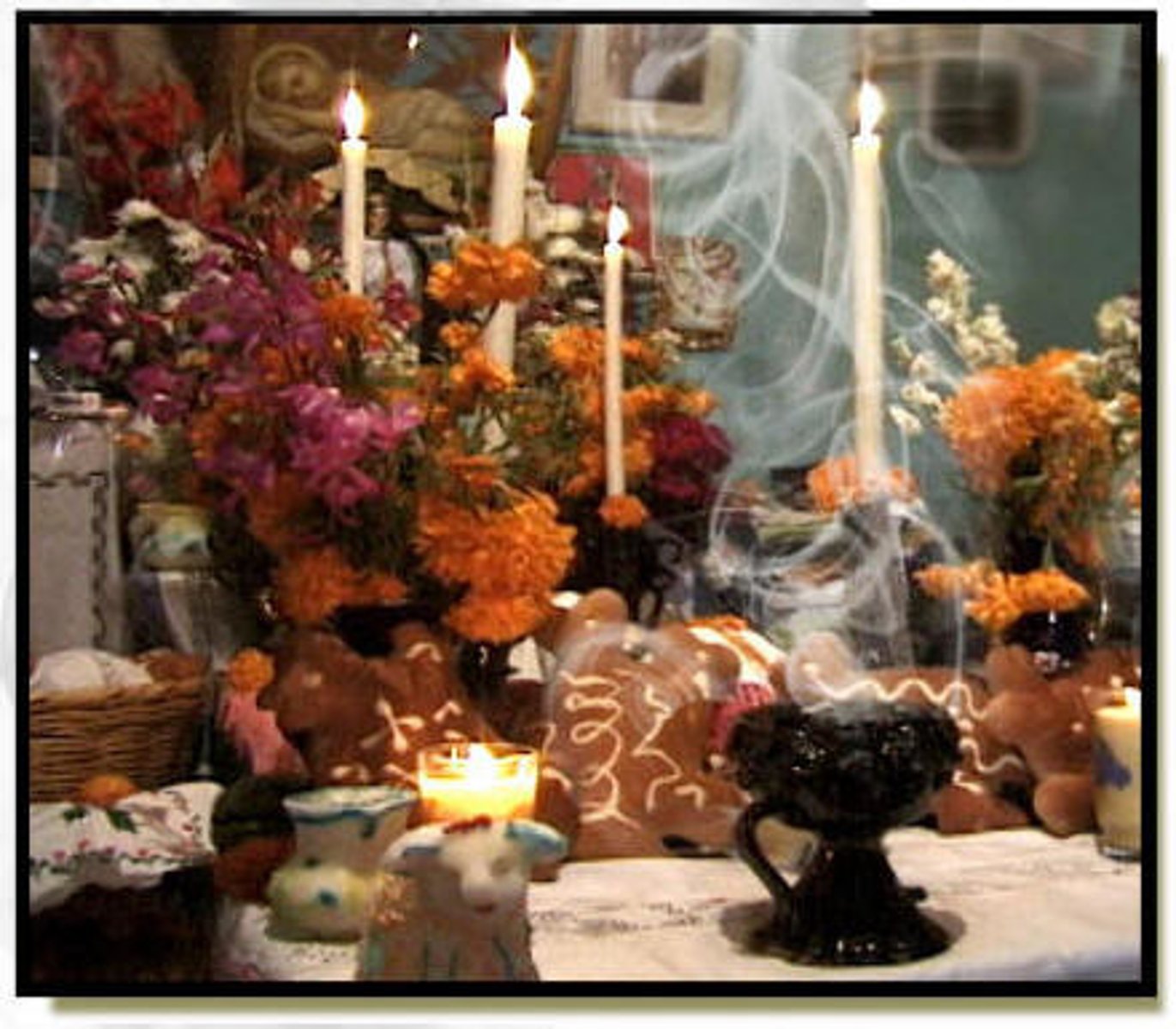
bread of the dead - This is a traditional sweet bread that is commonly baked and designed to look like a skull/skeleton with cross bones.
el pan de muerto

hot Mexican drink - This is made with cornstarch and used to nourish and warm the spirits when they return or leave.
el atole
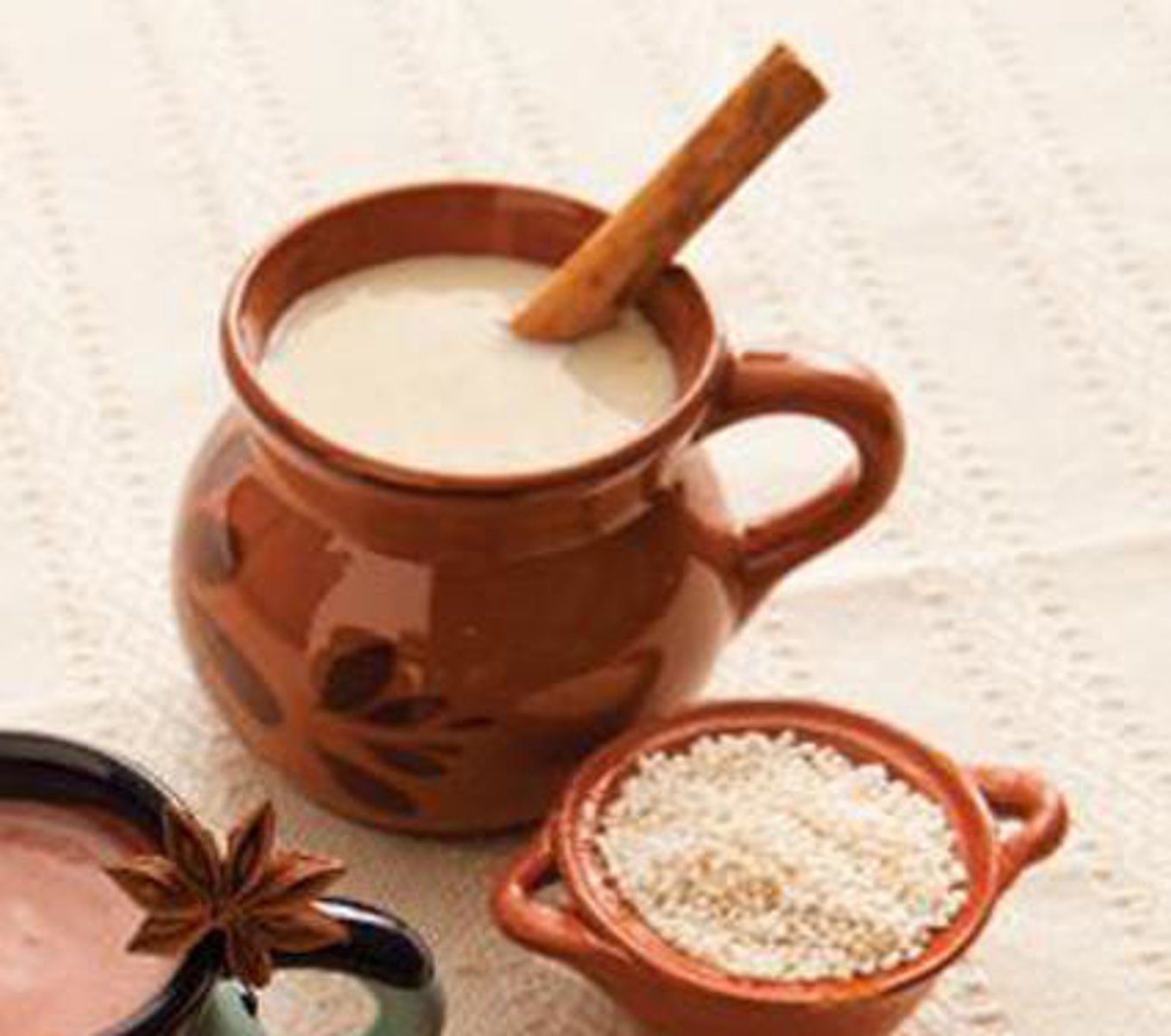
Mexican hot chocolate
el champurrado
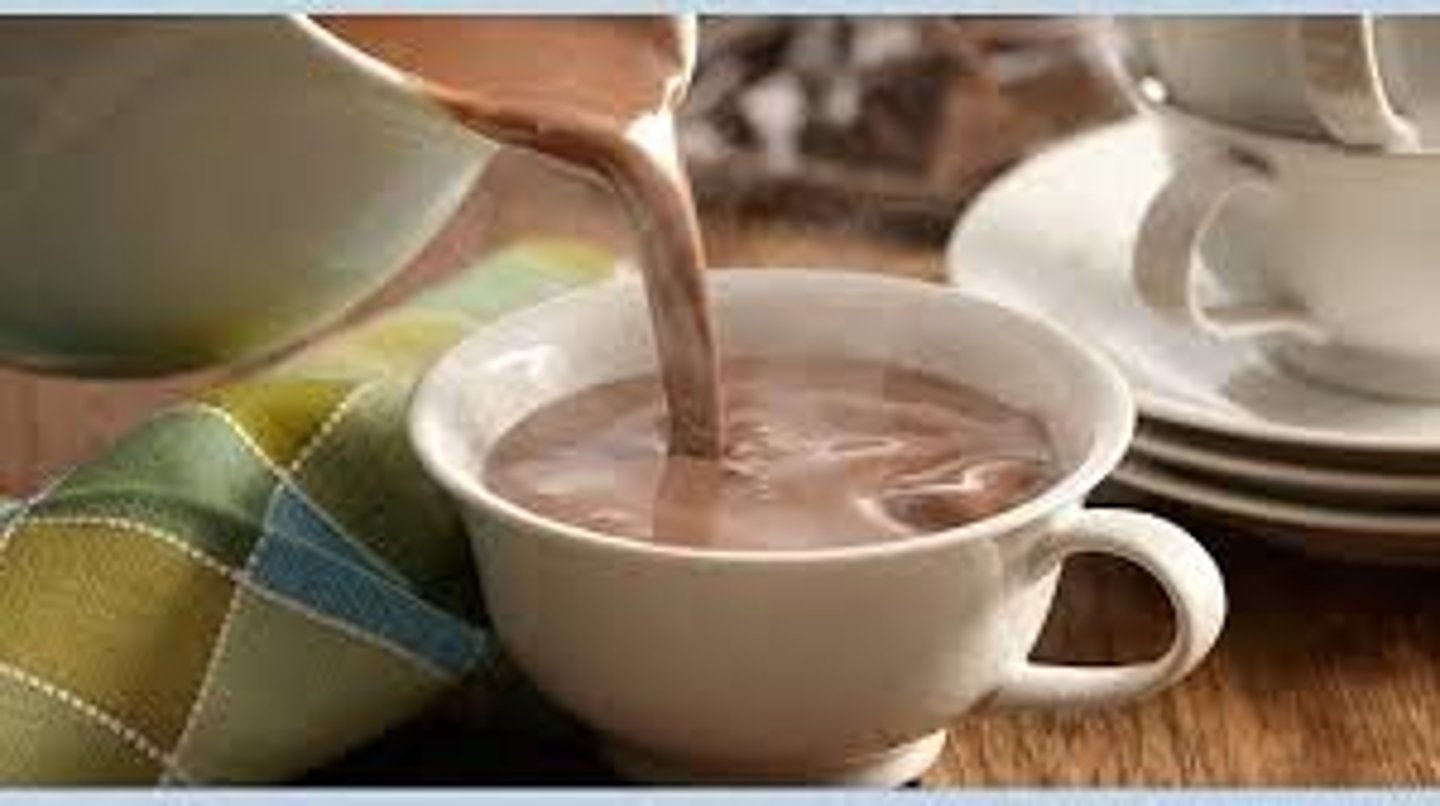
a traditional spicy chocolate sauce
el mole
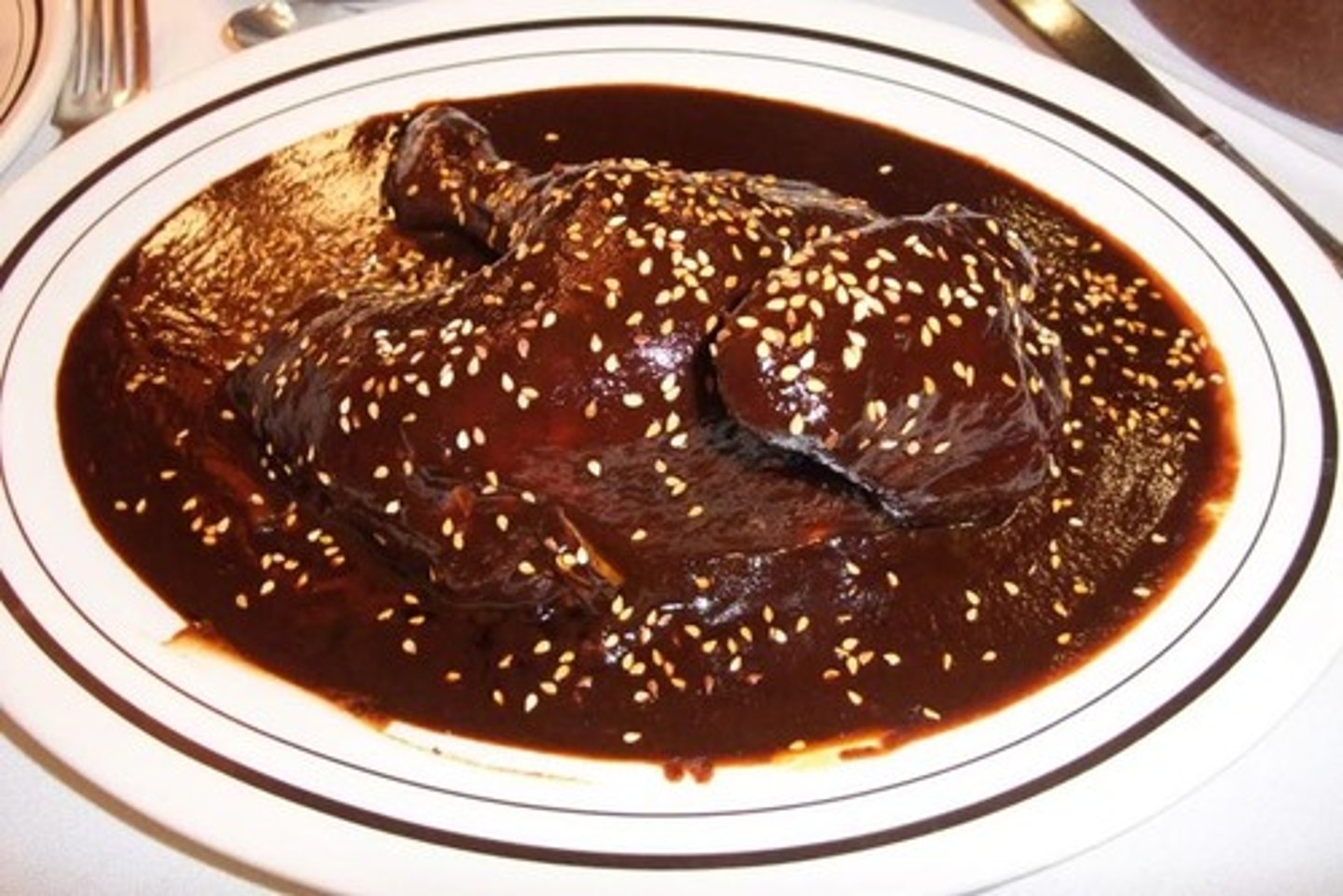
grasshoppers - These are fired or grilled, seasoned grasshoppers commonly eaten by Mexicans.
los chapulines
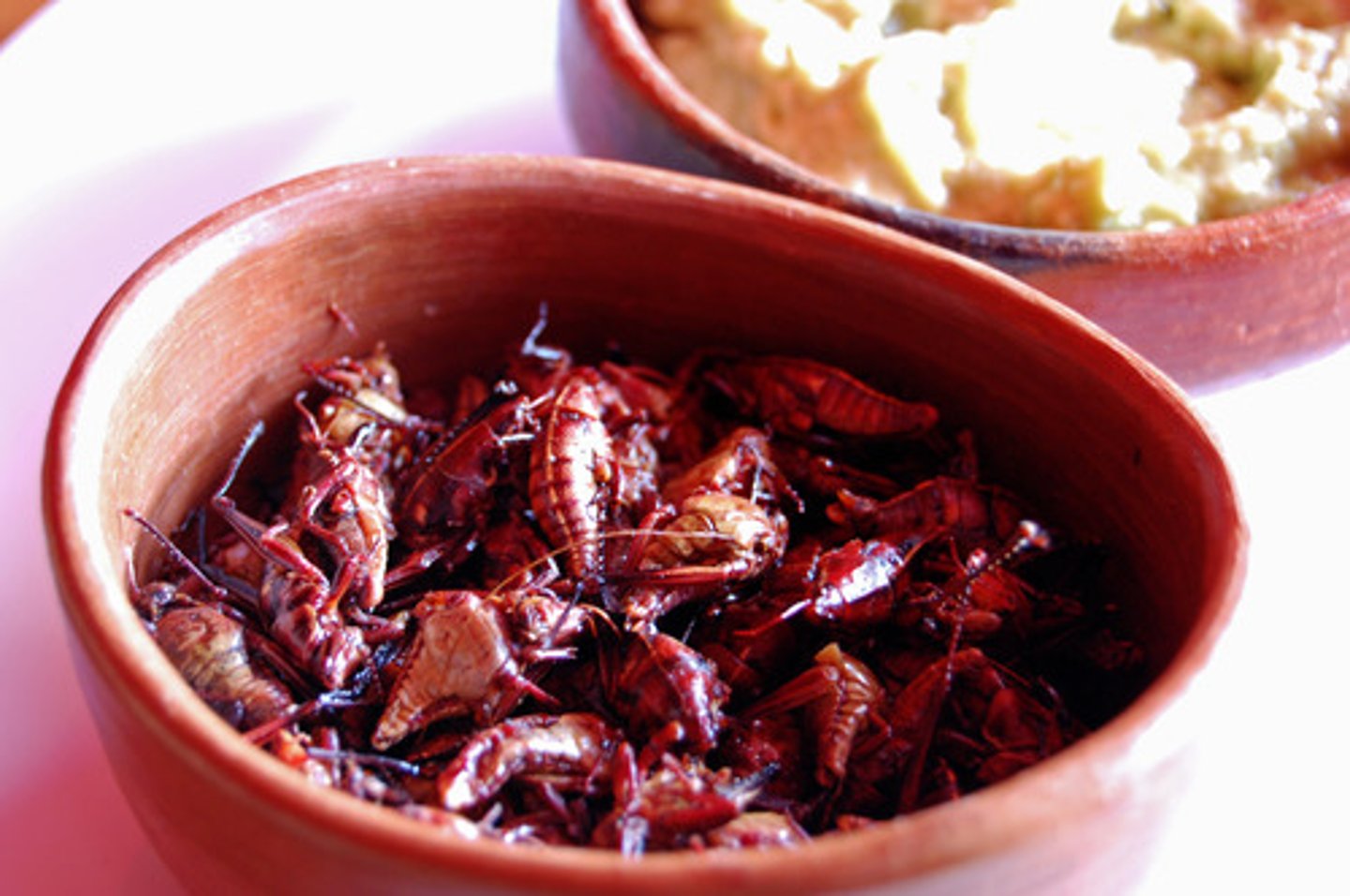
candied pumpkin- traditional Mexican dessert often used on the family altars
la calabaza en tacha
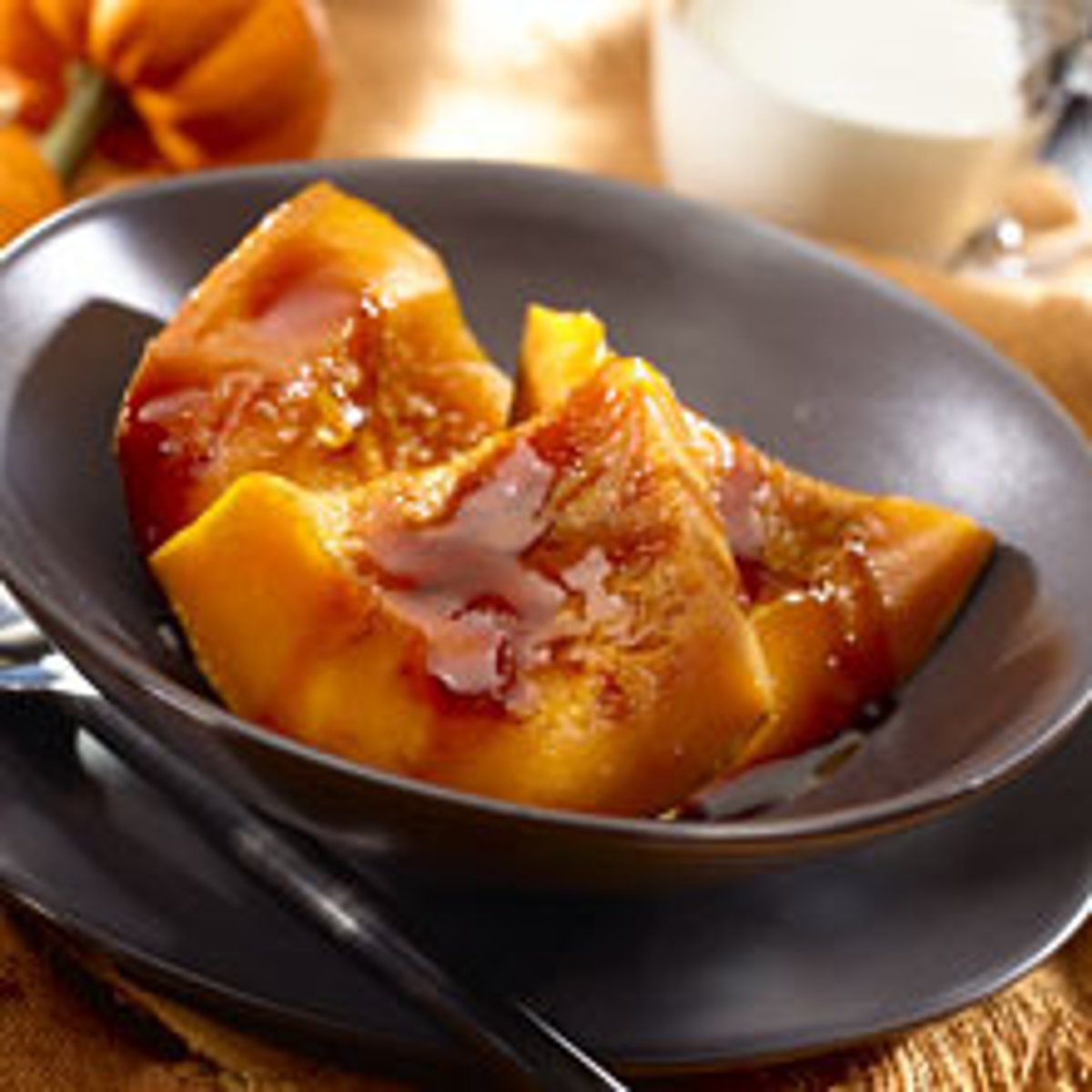
hot Mexican fruit punch
el ponche

tradition
la tradición
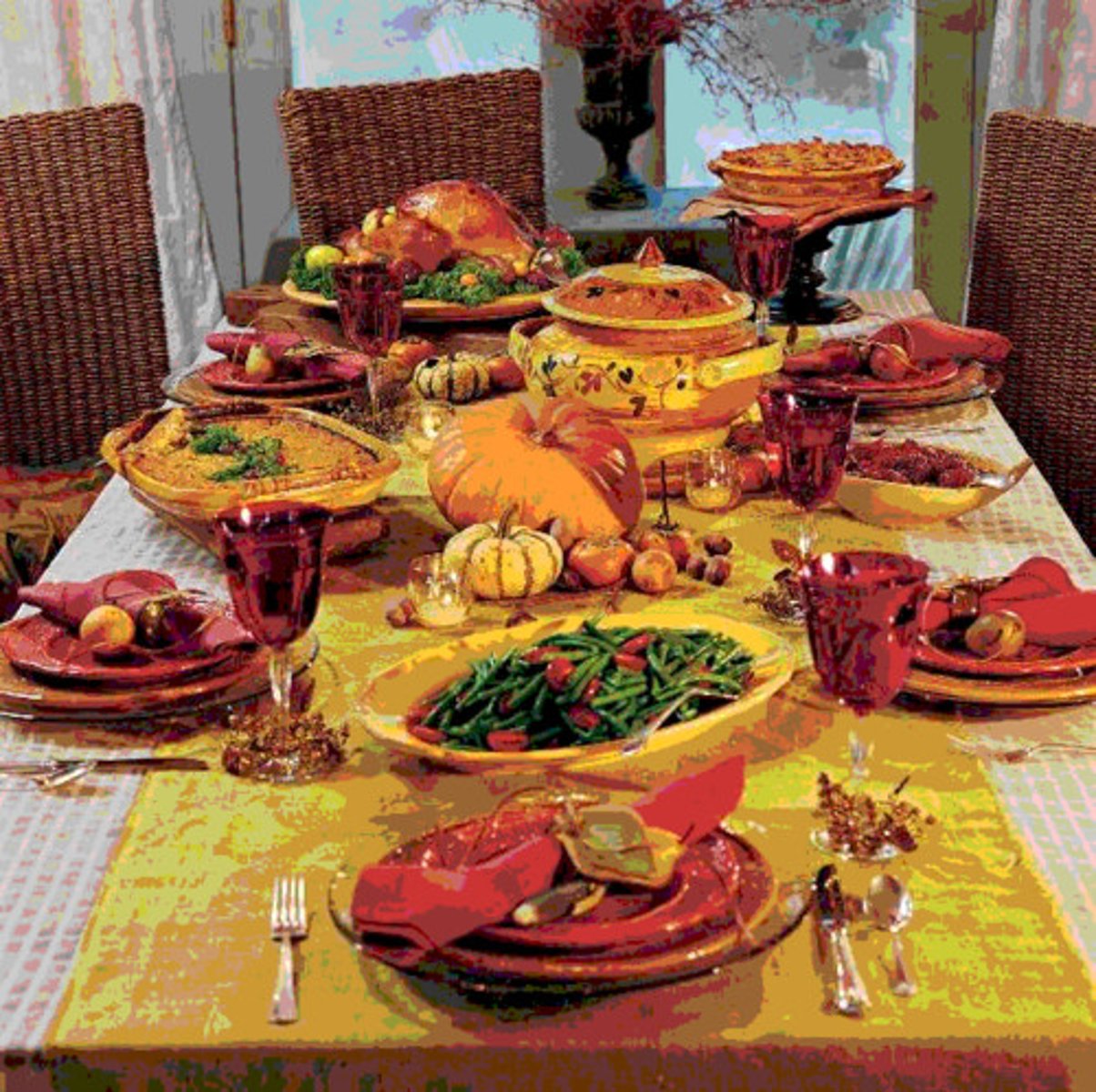
celebration
la celebración
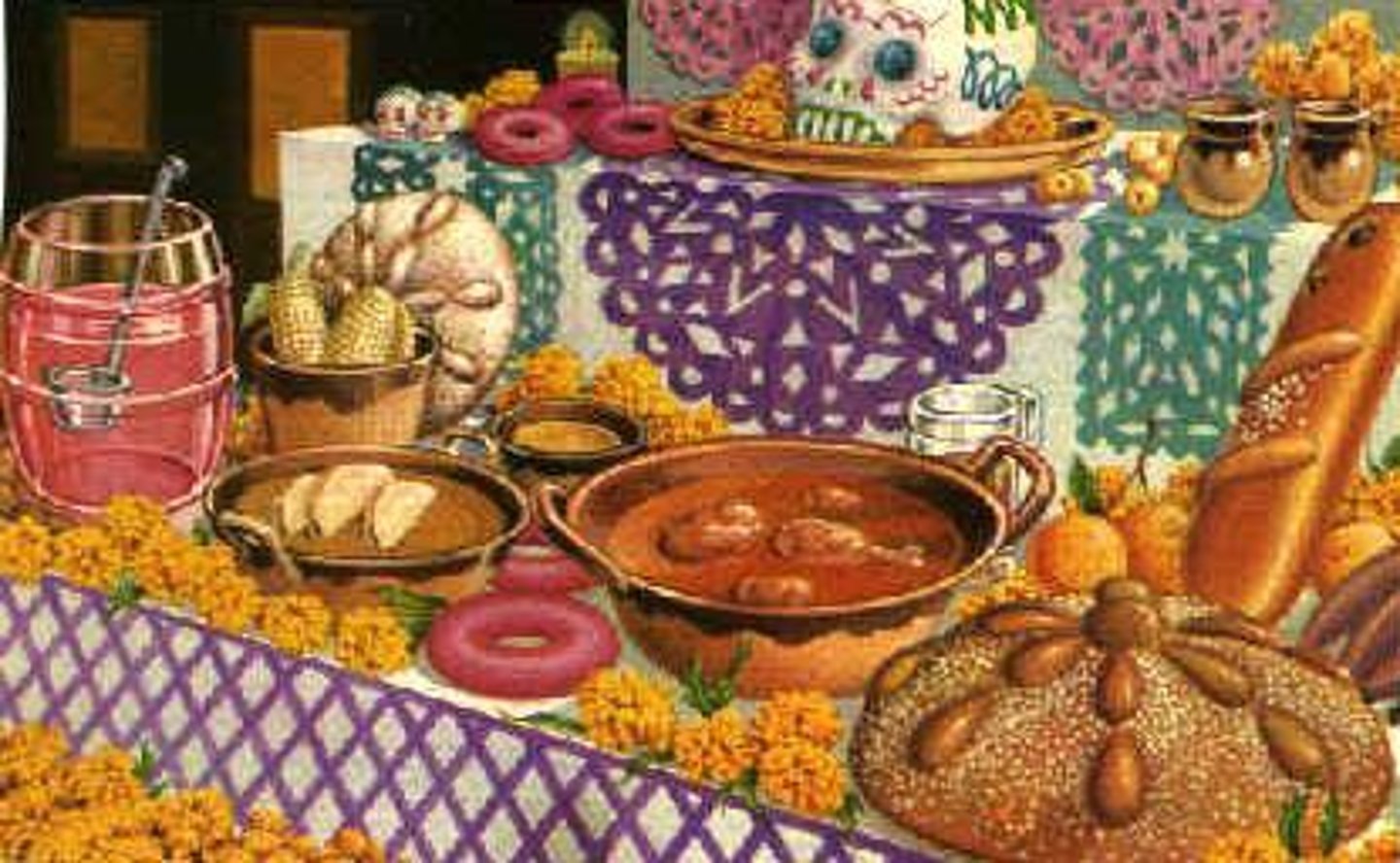
life
la vida
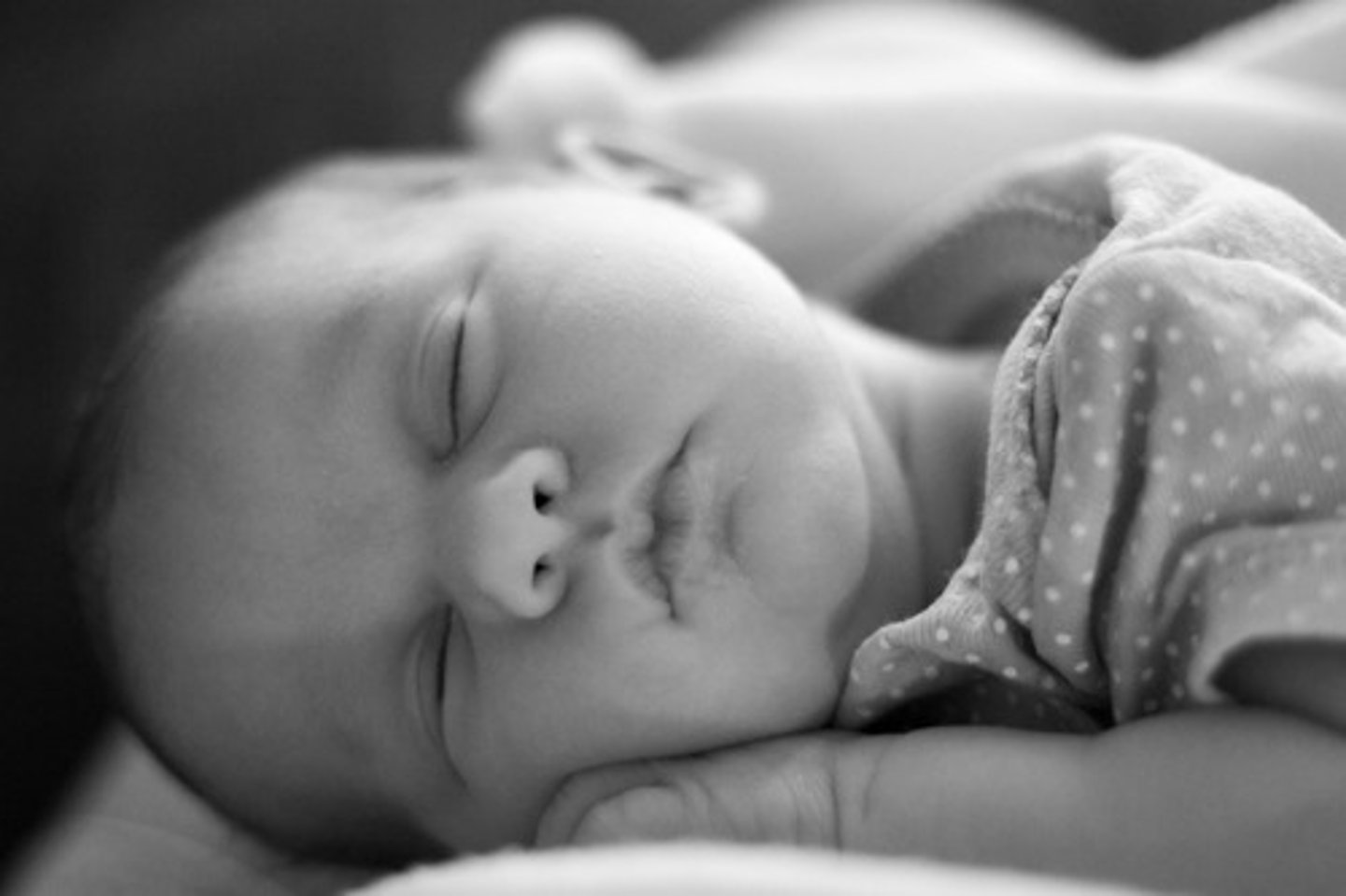
death
la muerte

spirit, soul
el espíritu
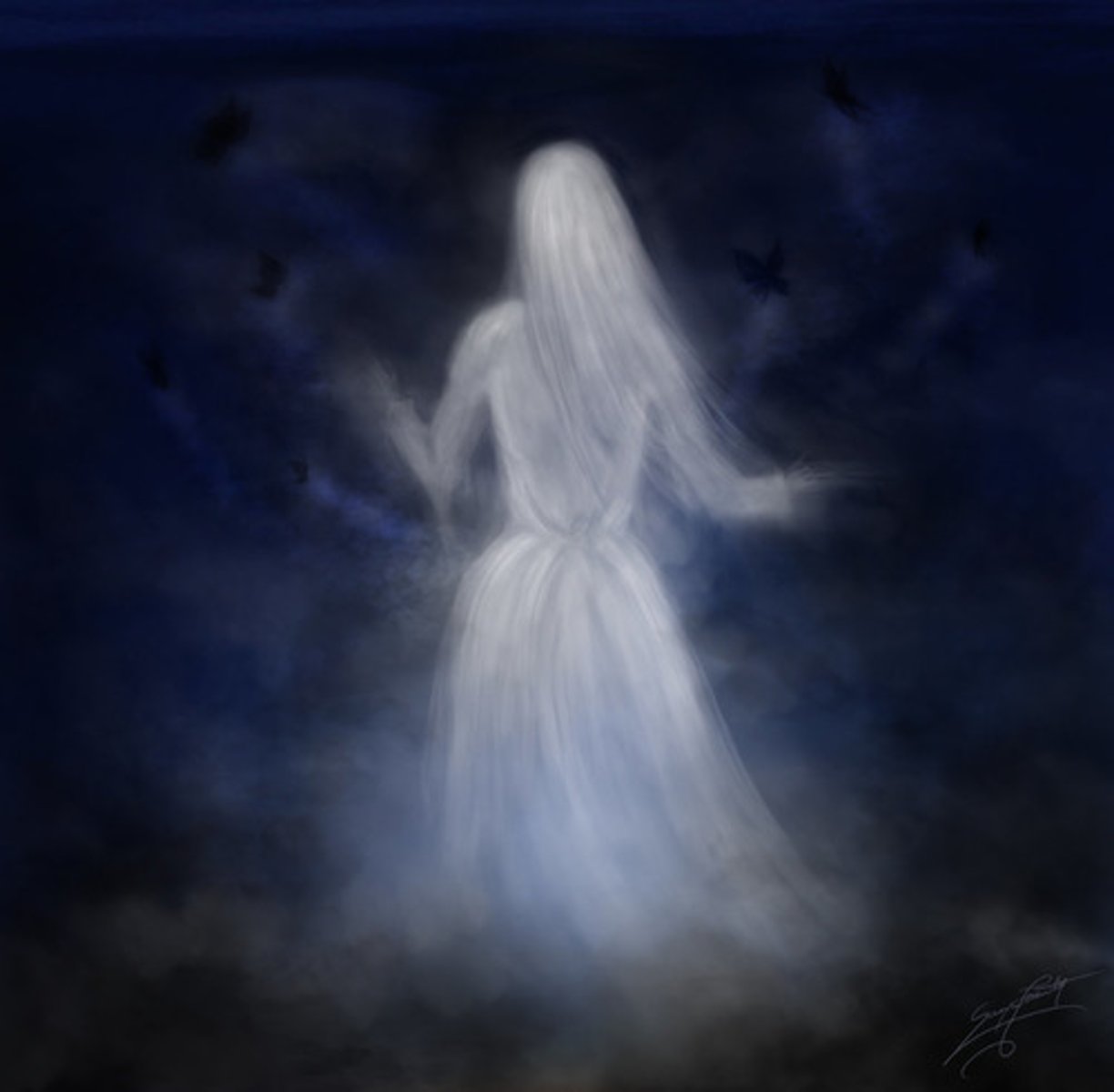
in, on
en

to illuminate
iluminar
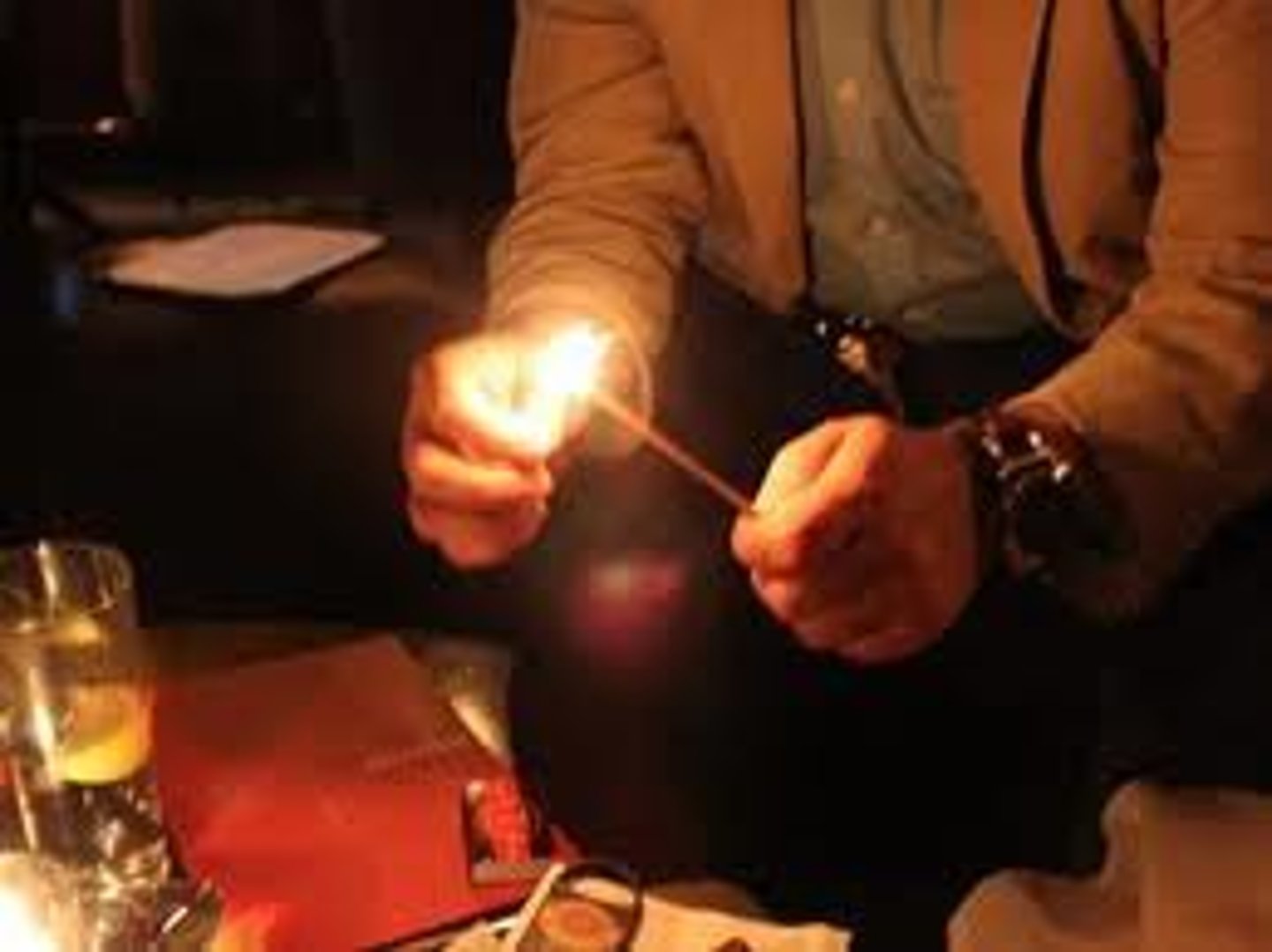
to celebrate
celebrar

to clean
limpiar

to honor
honrar
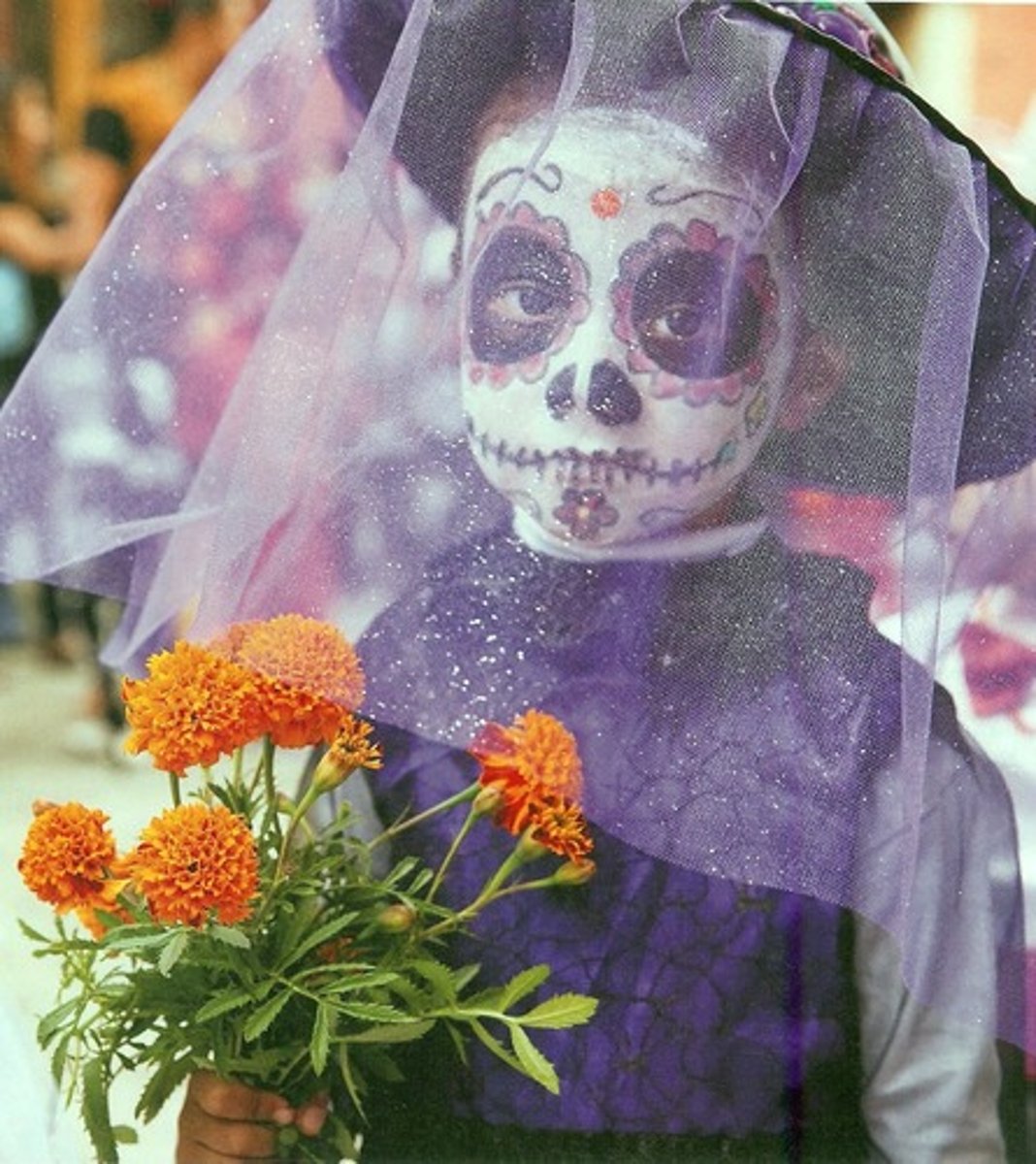
to remember
recordar

to decorate
decorar
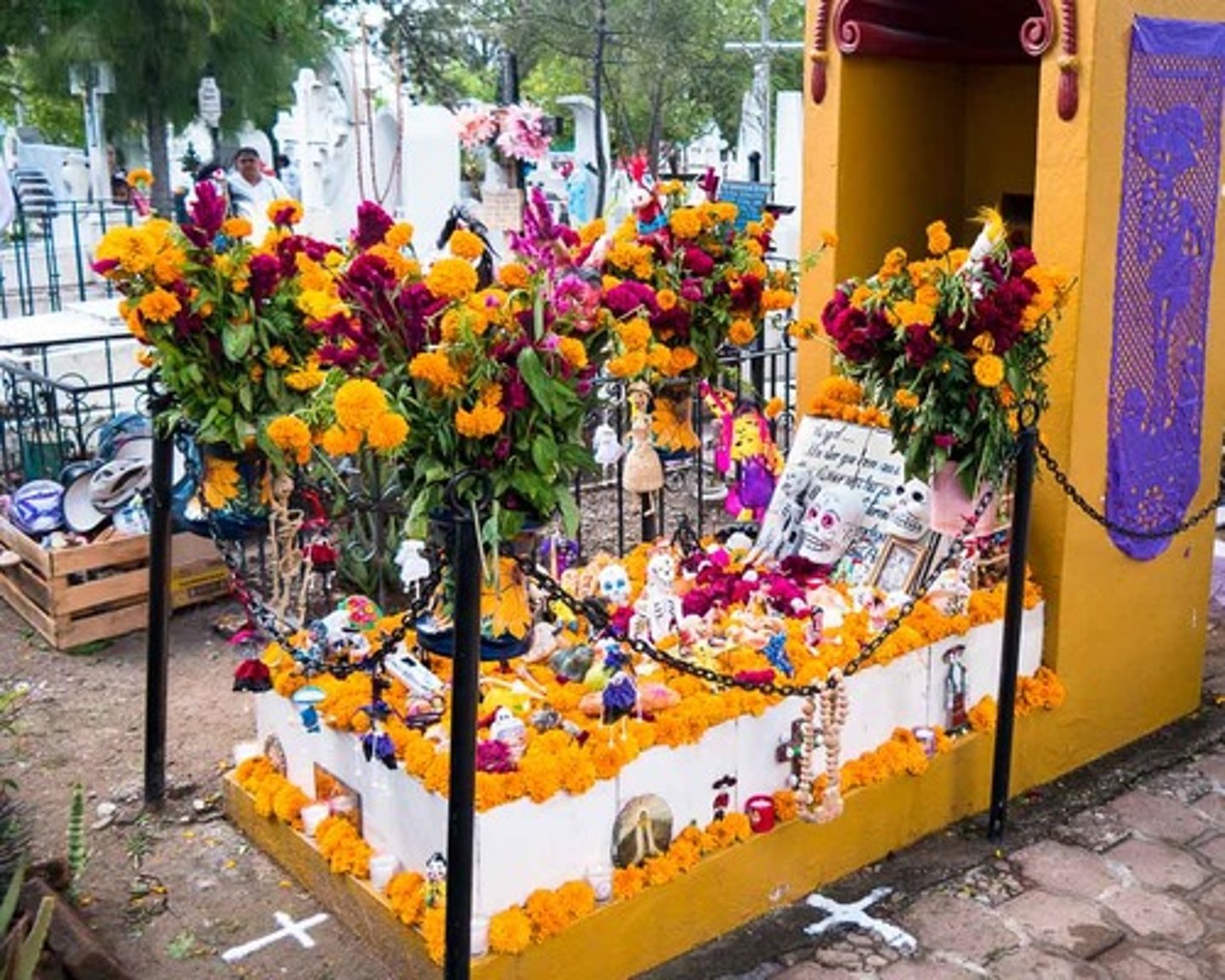
to guide
guiar

to pray
orar; rezar
